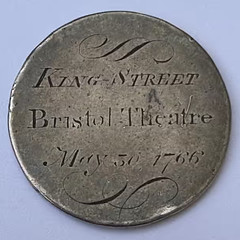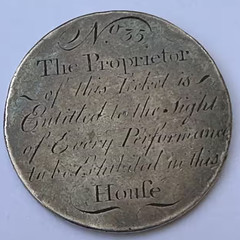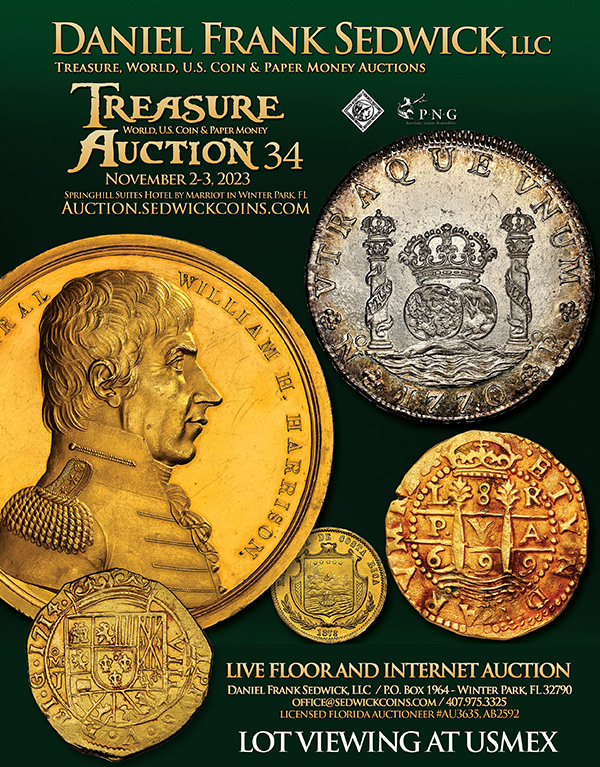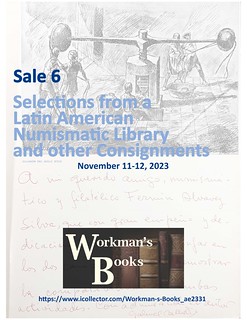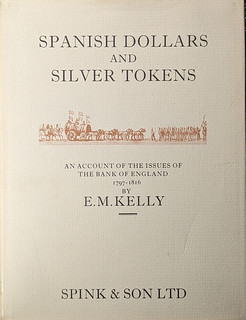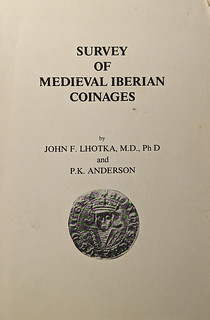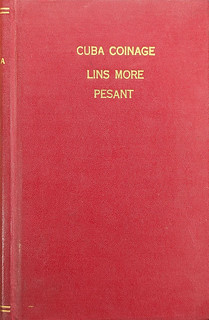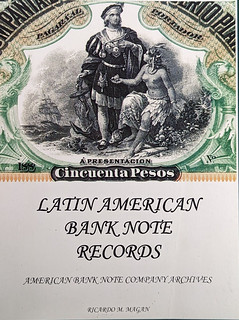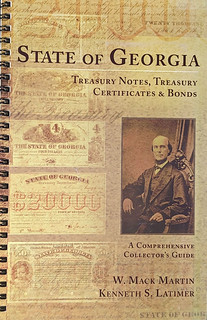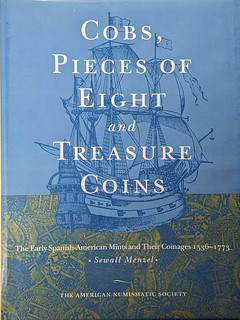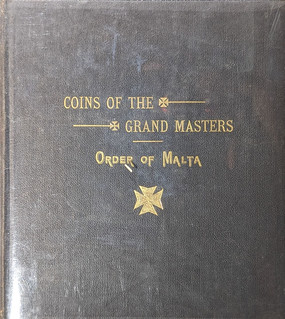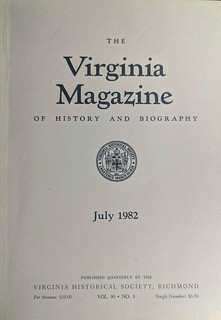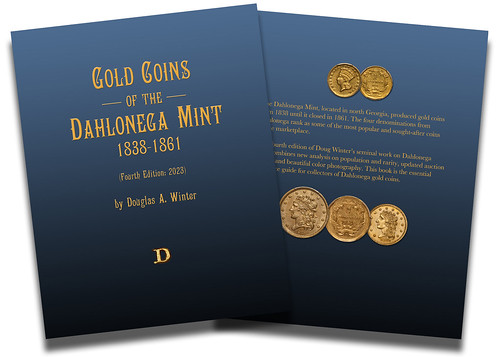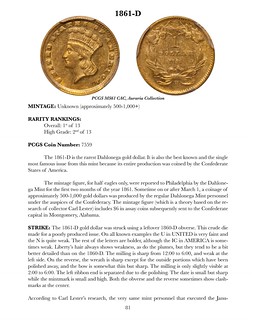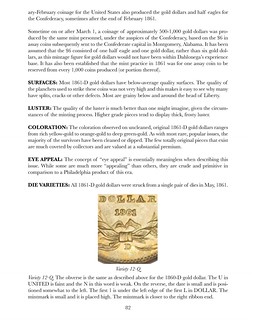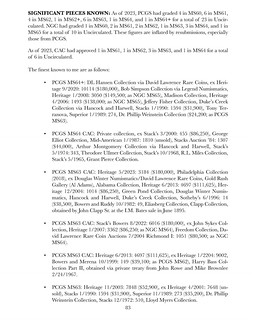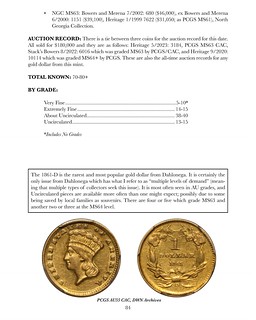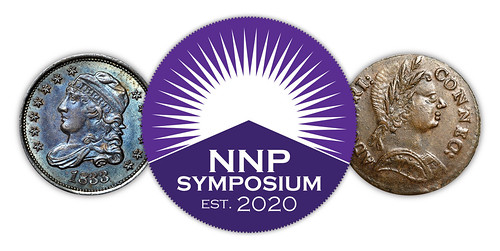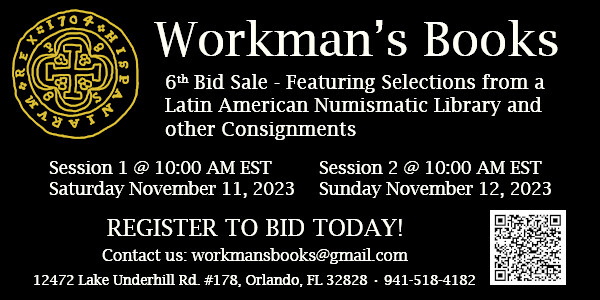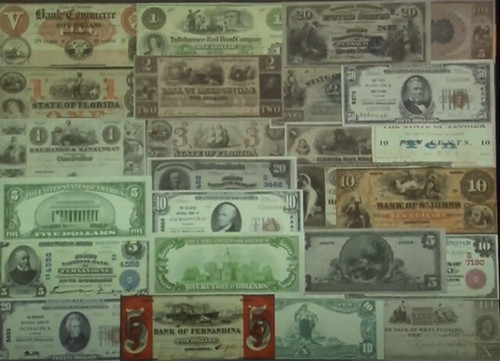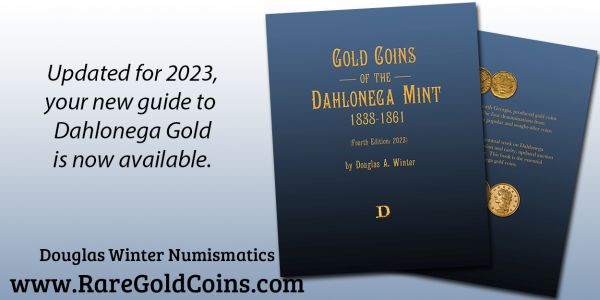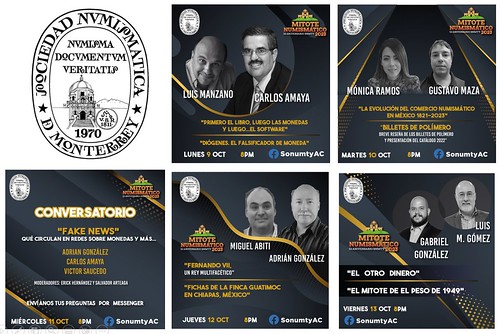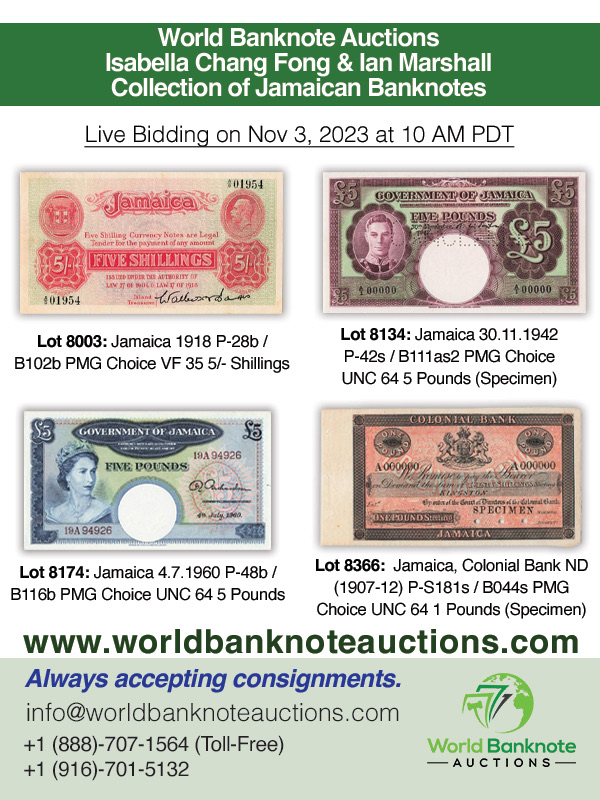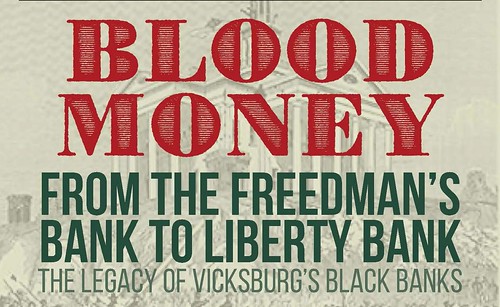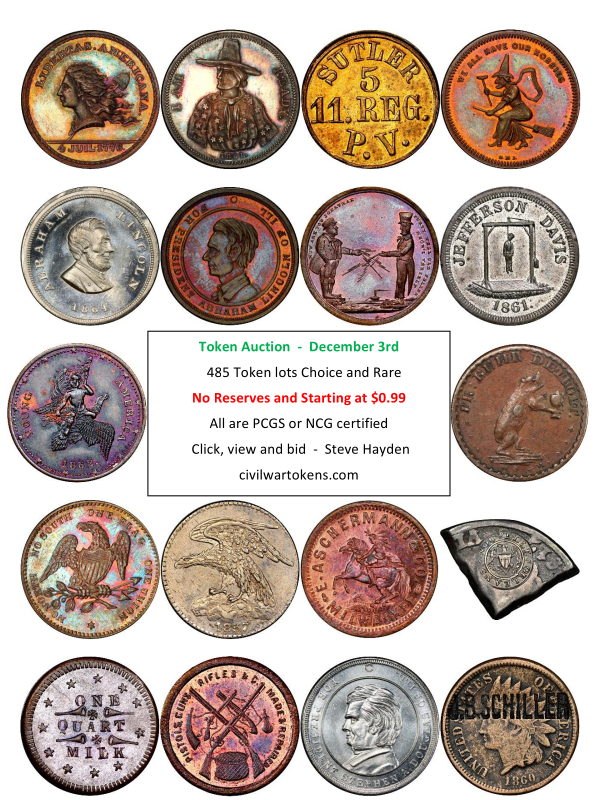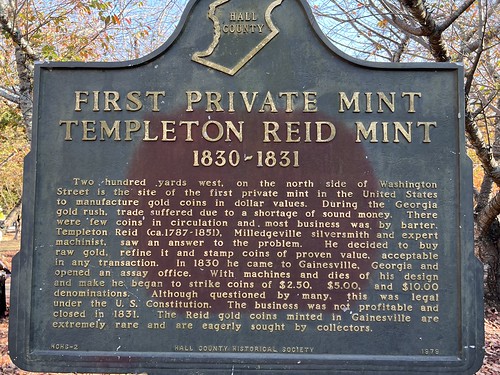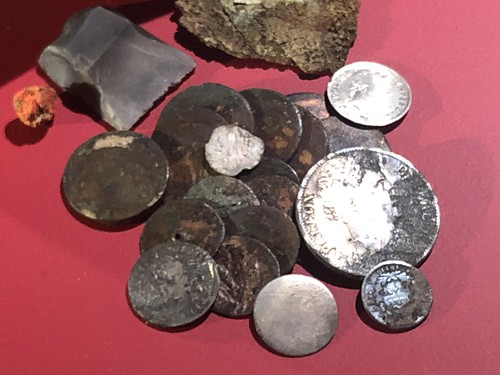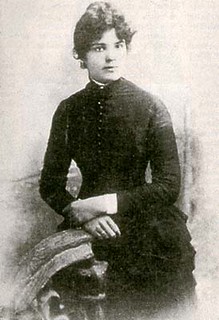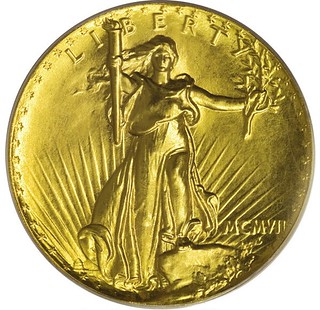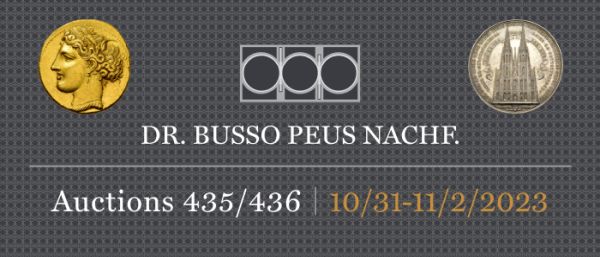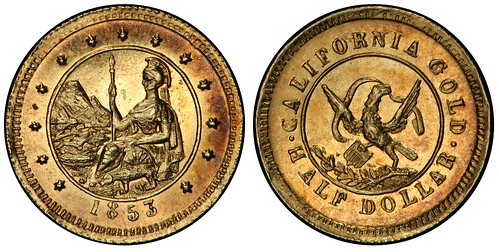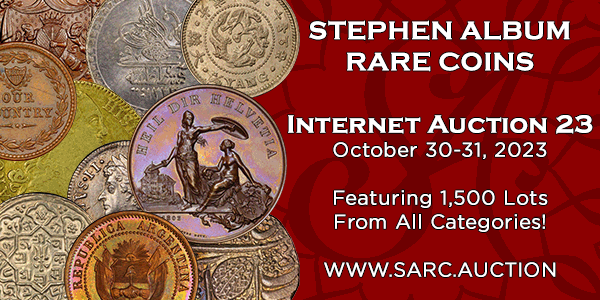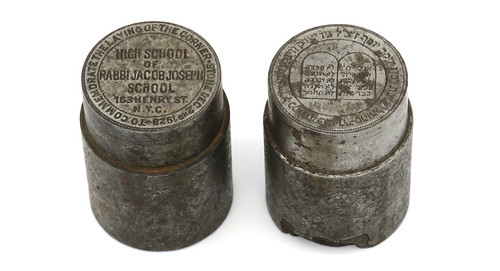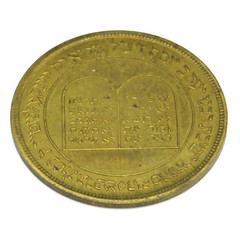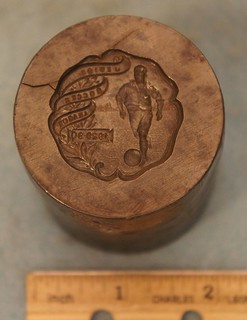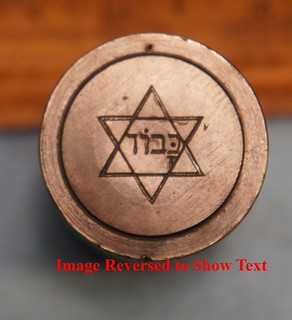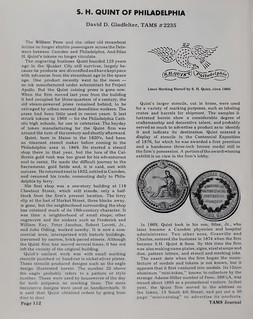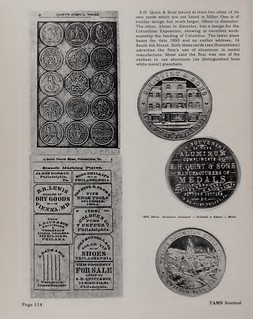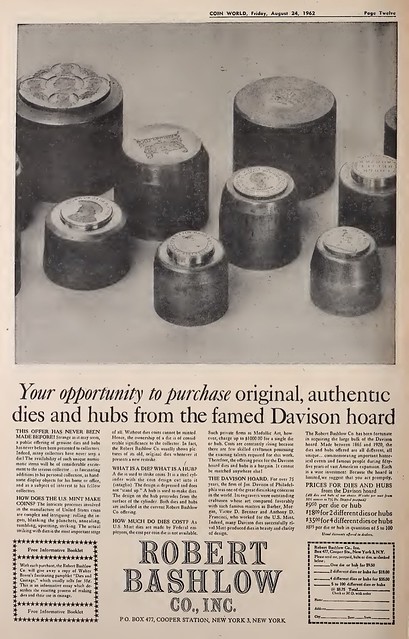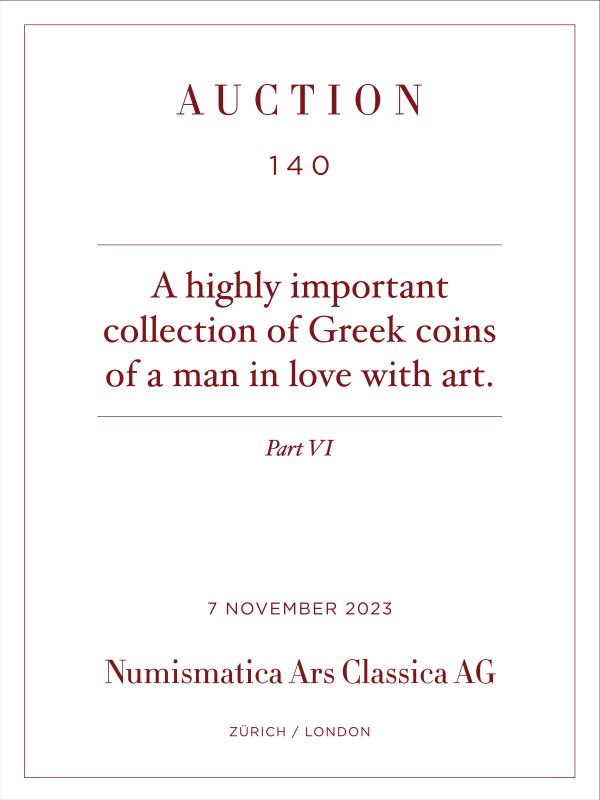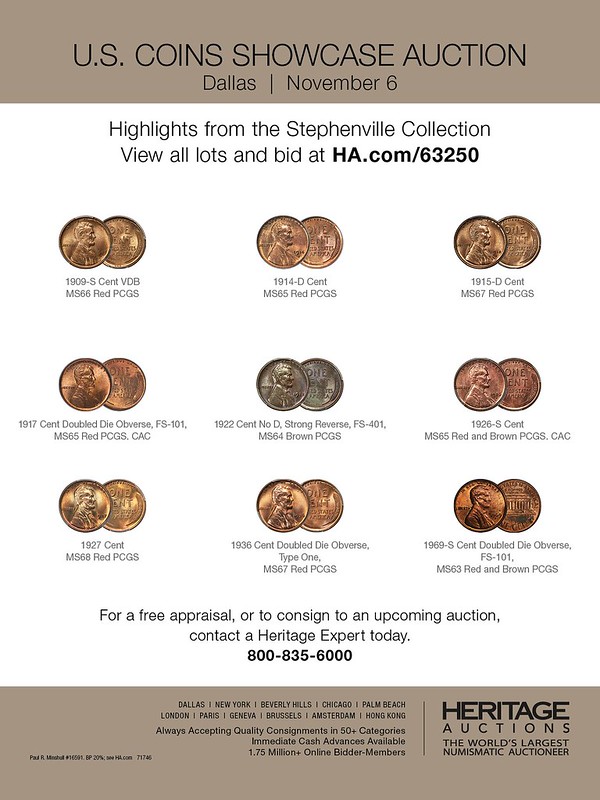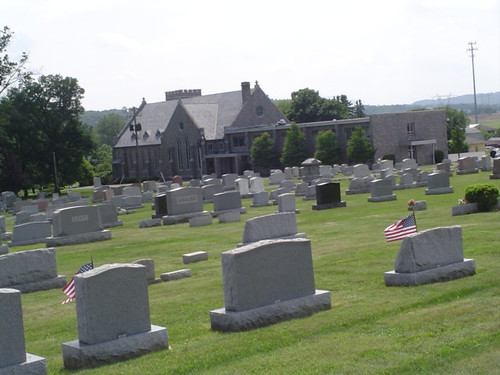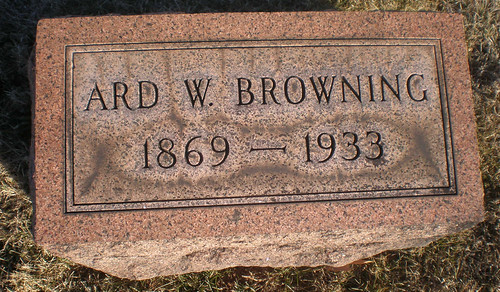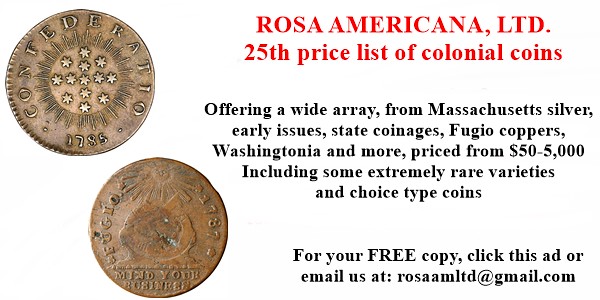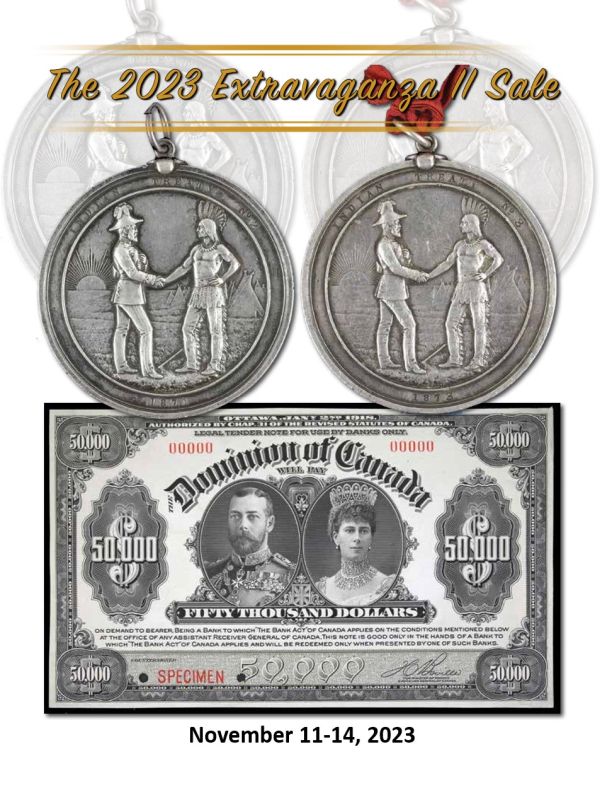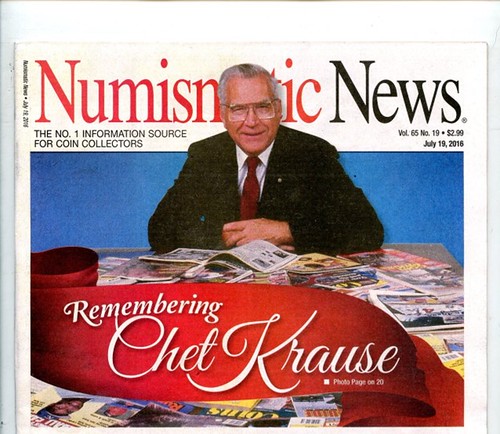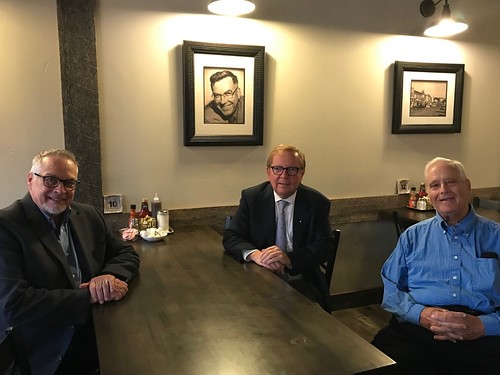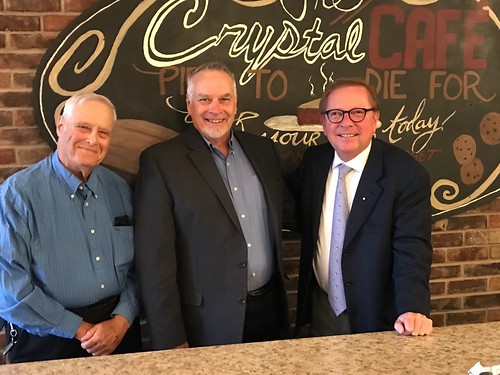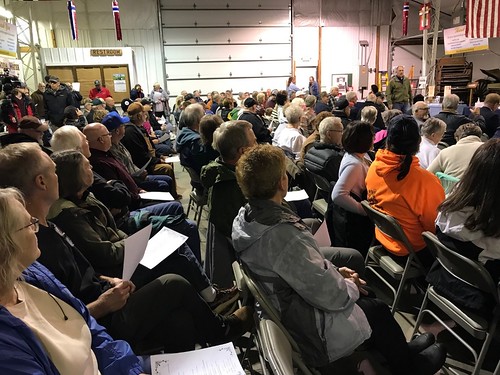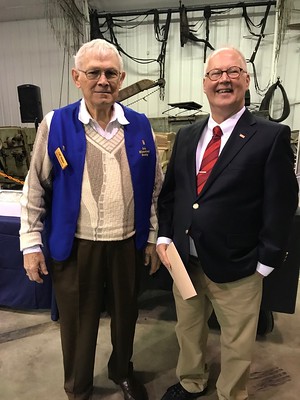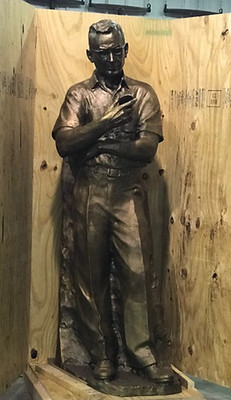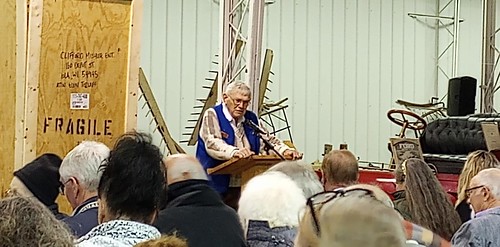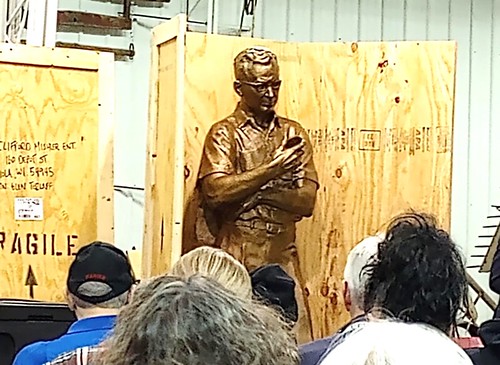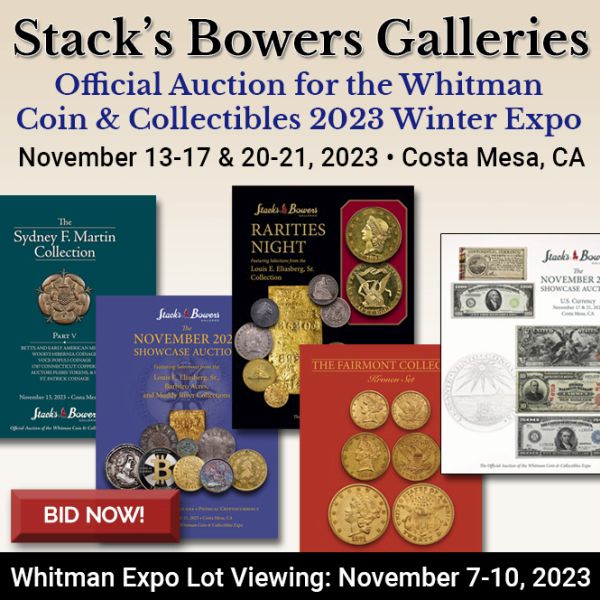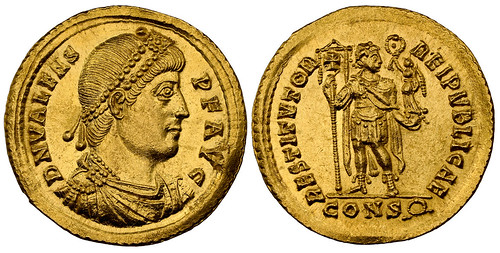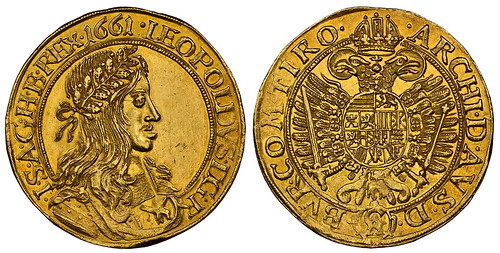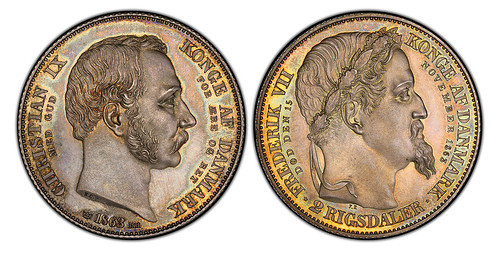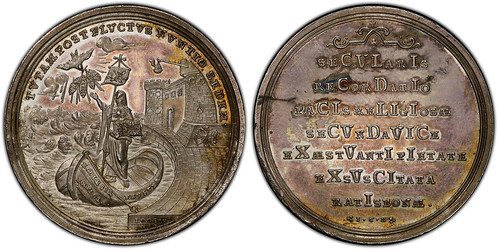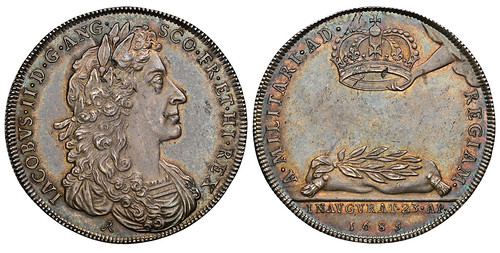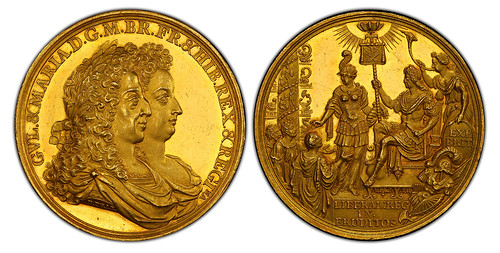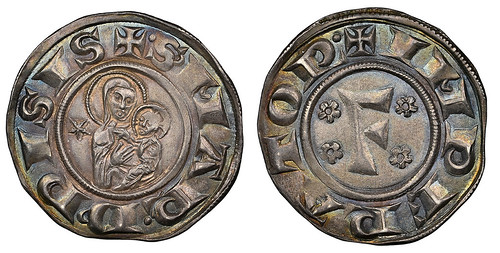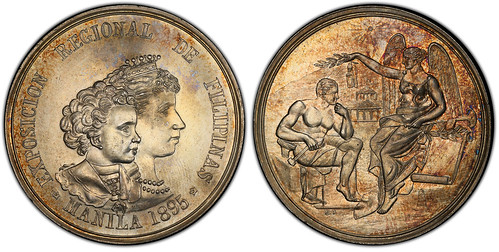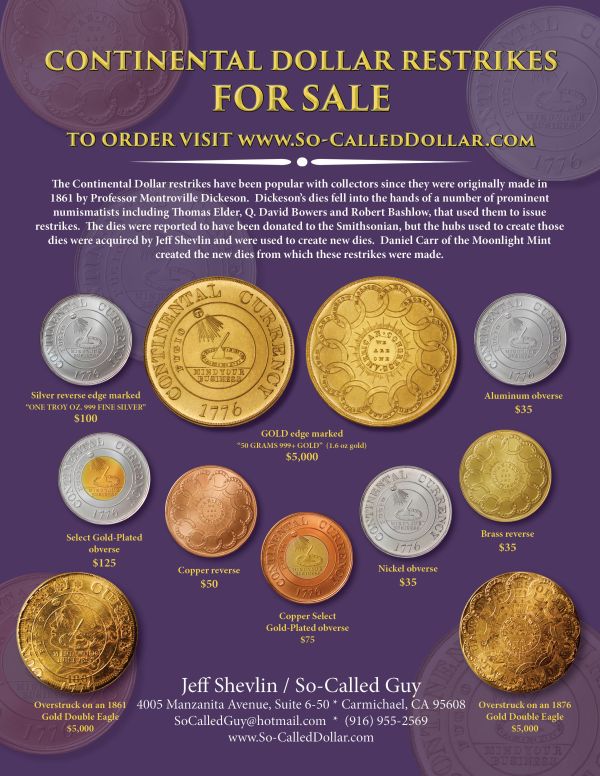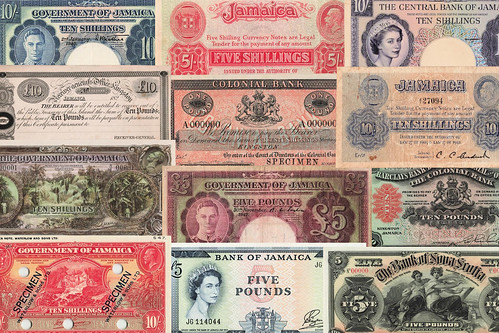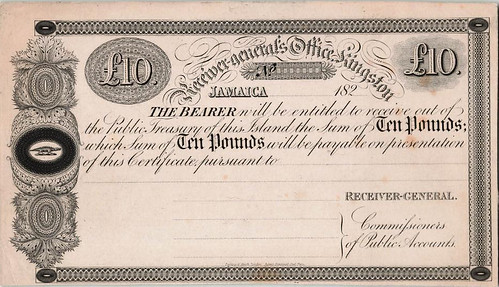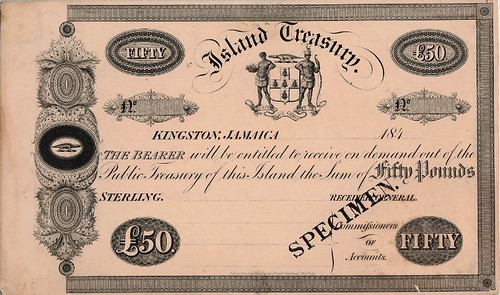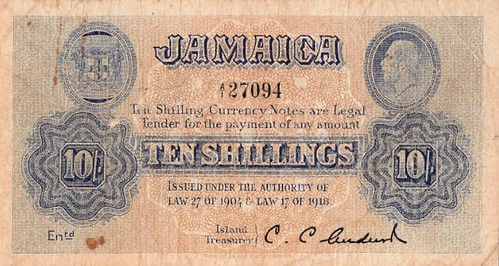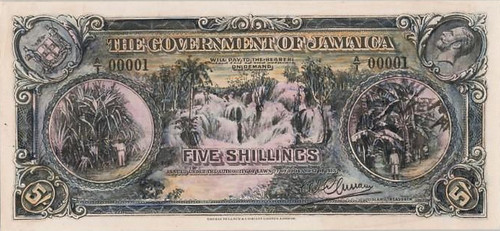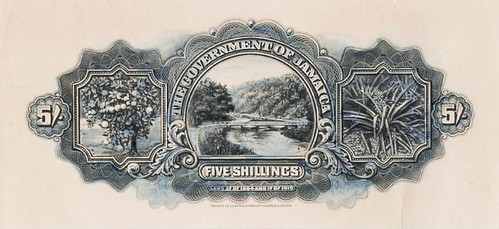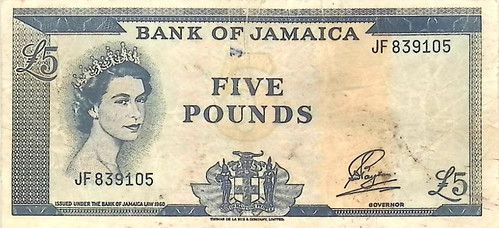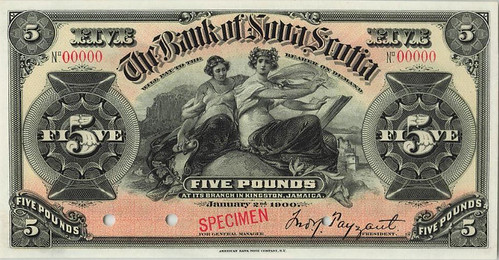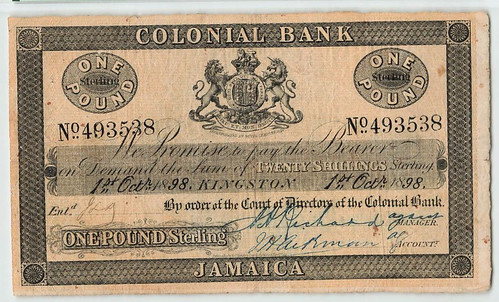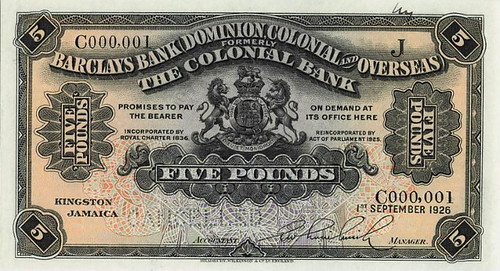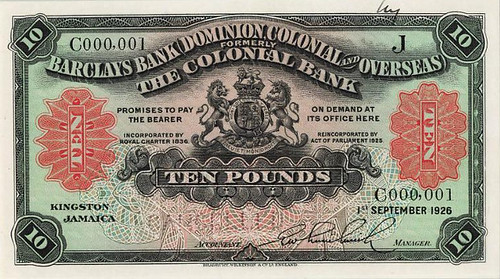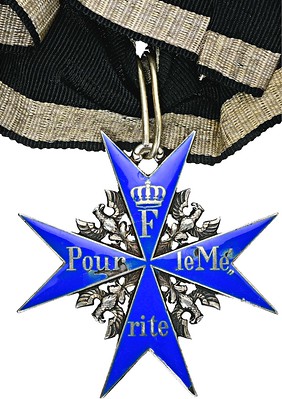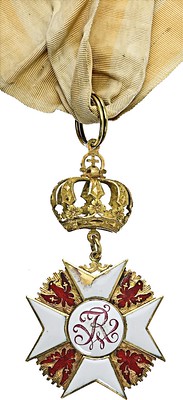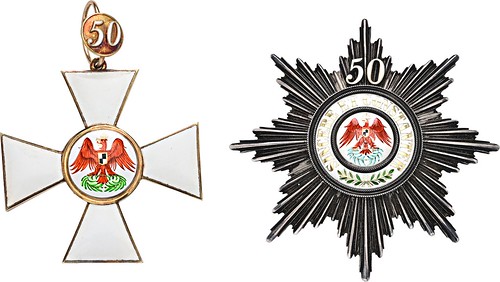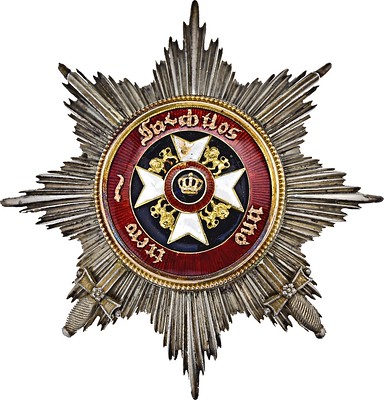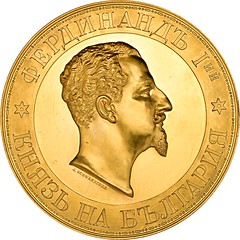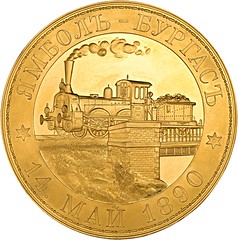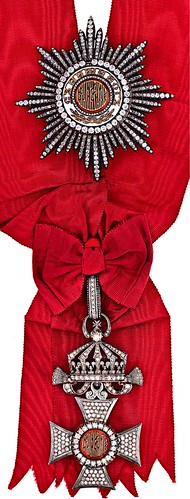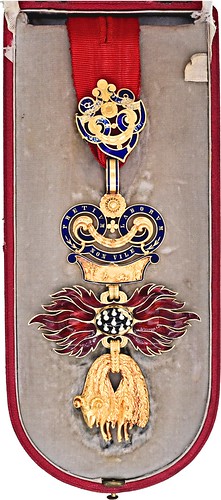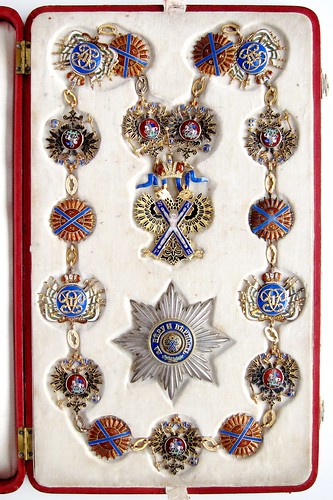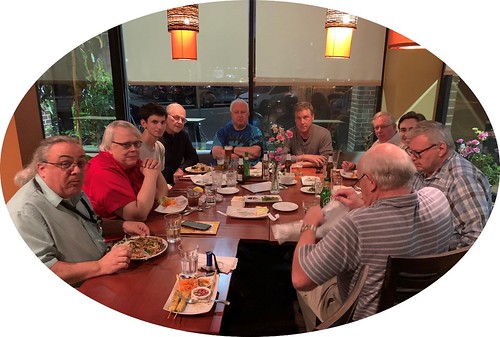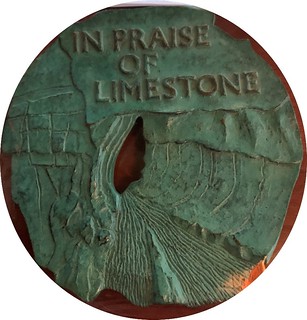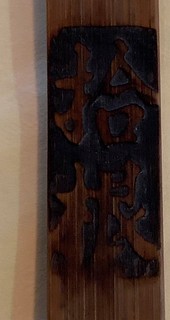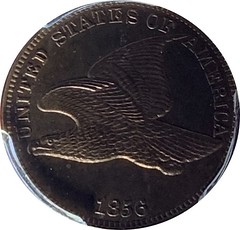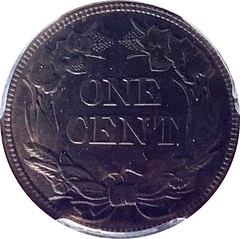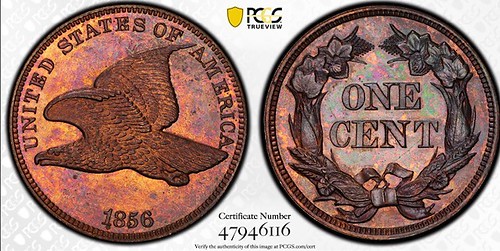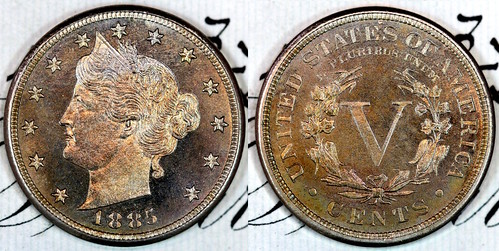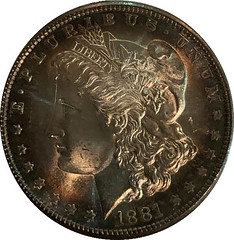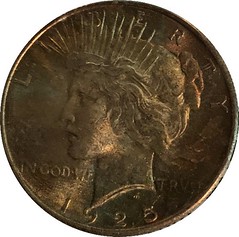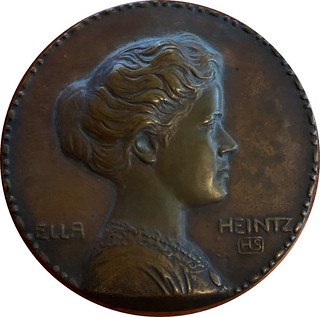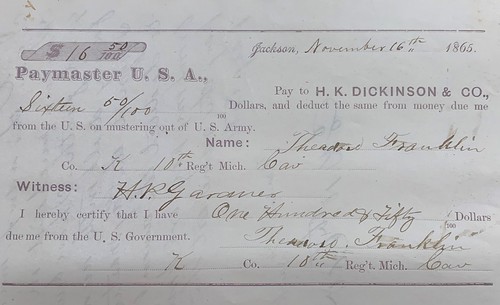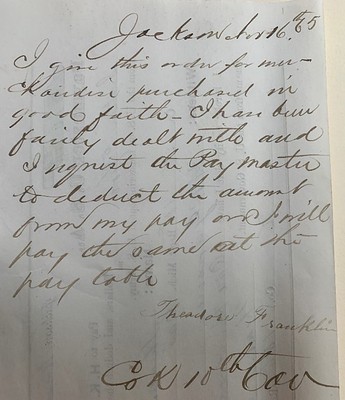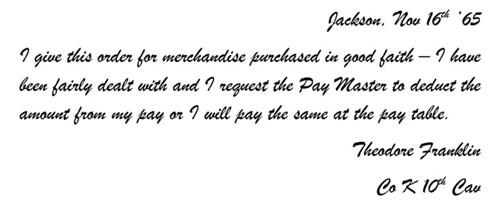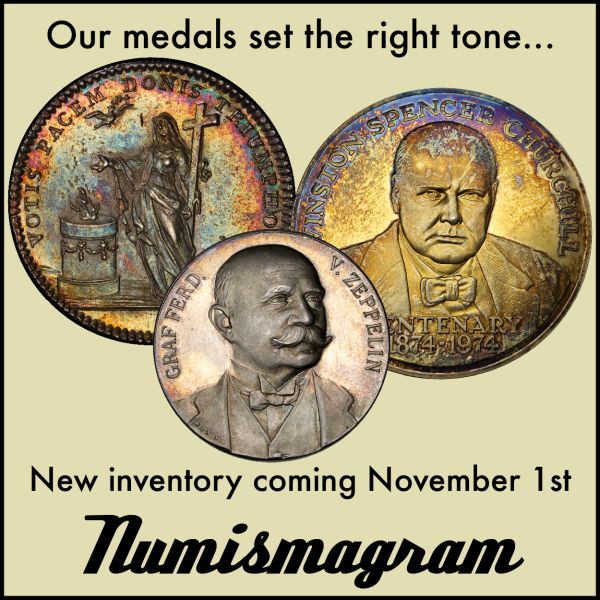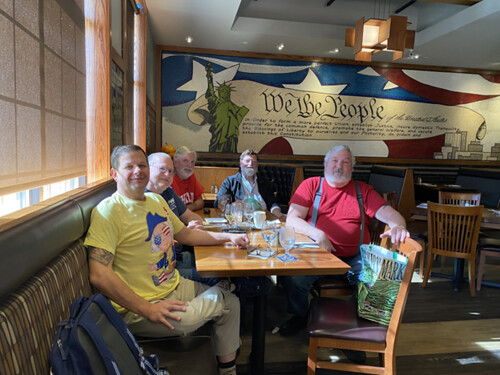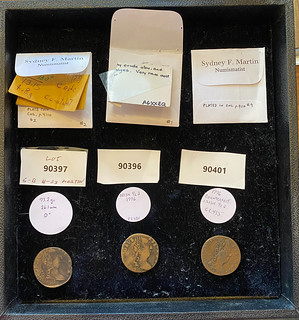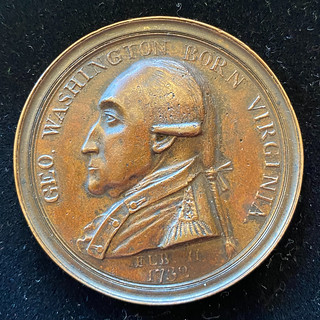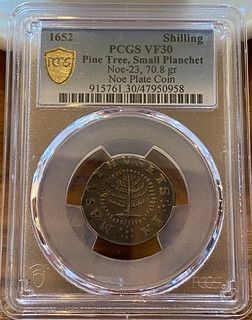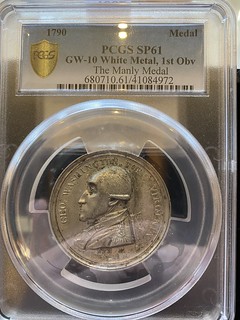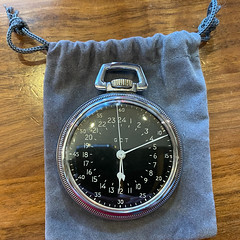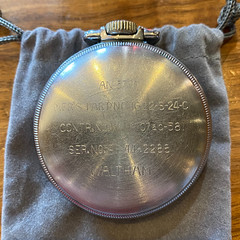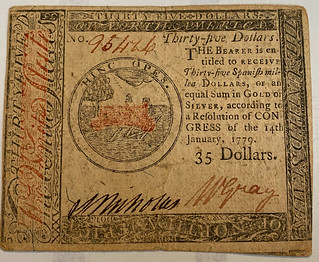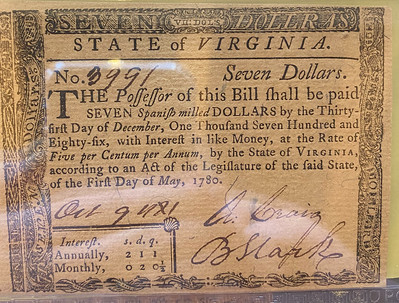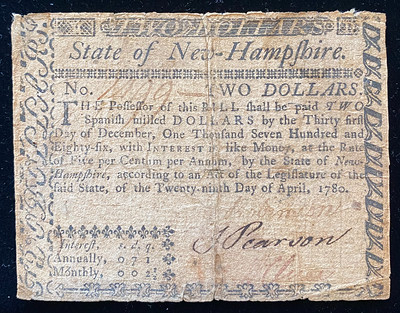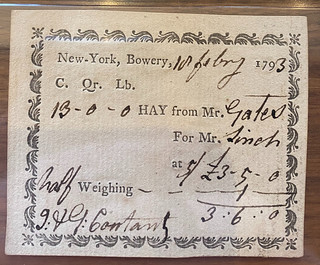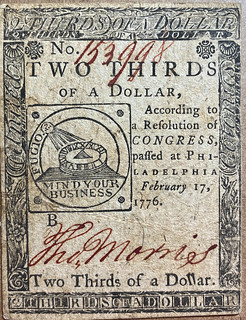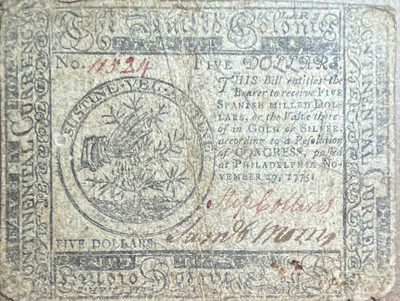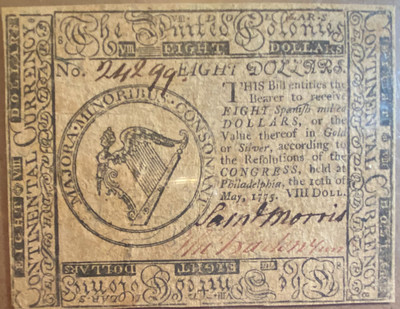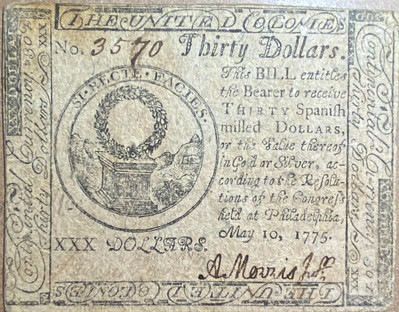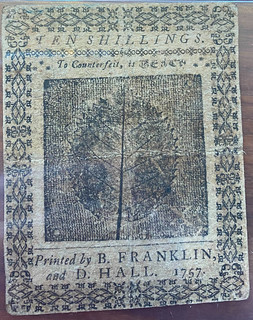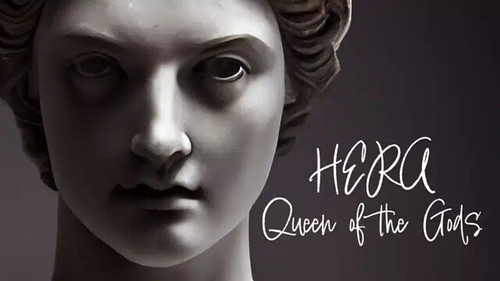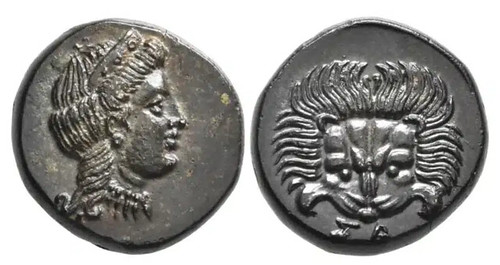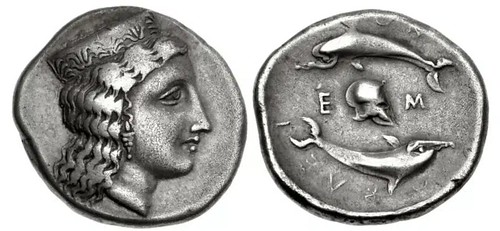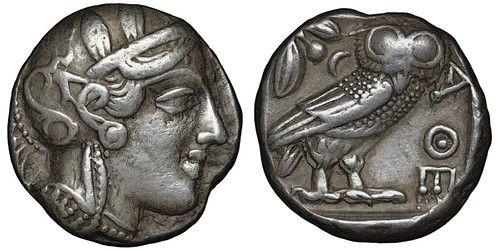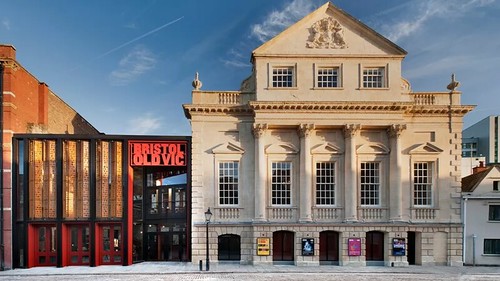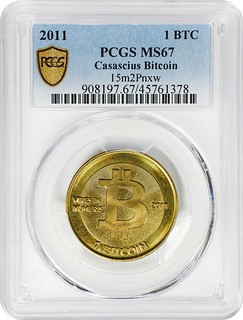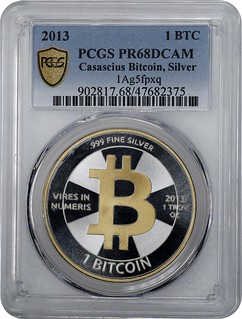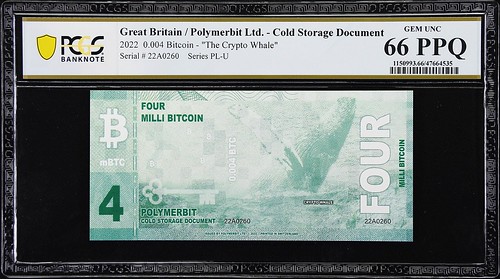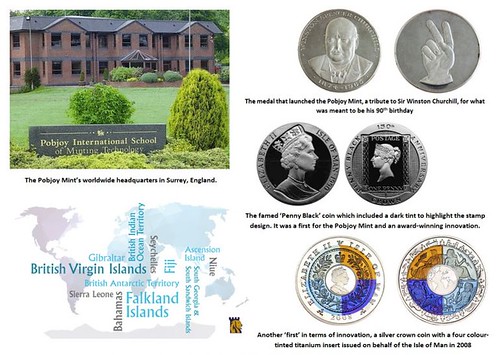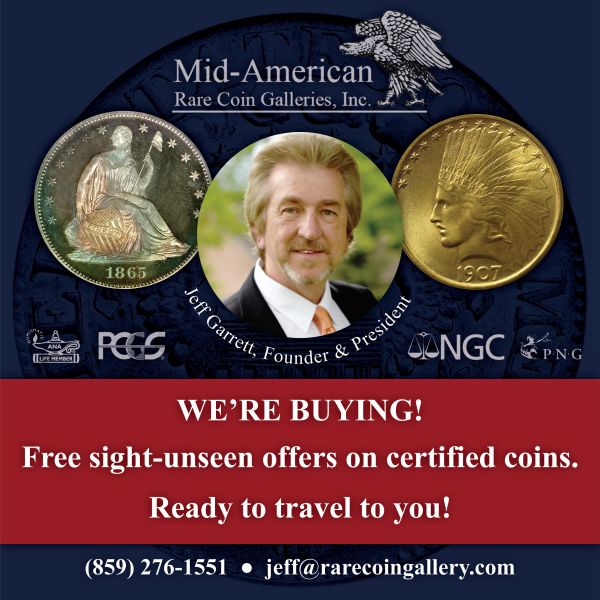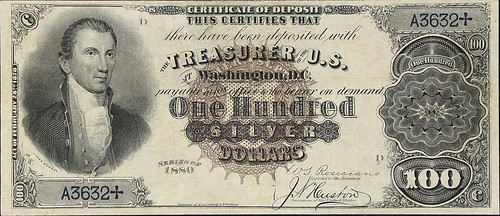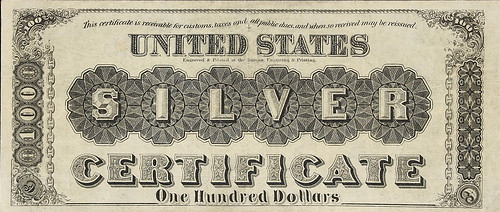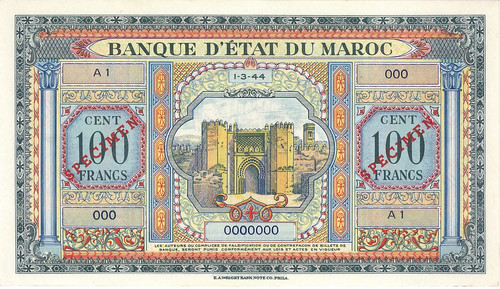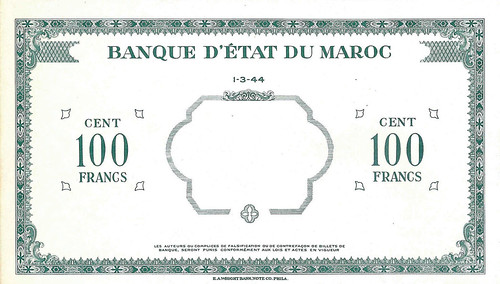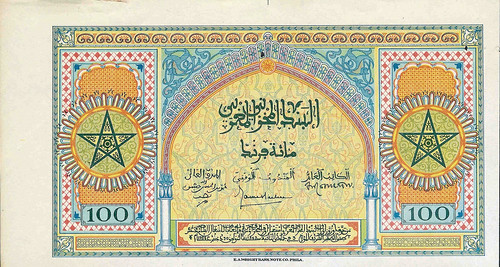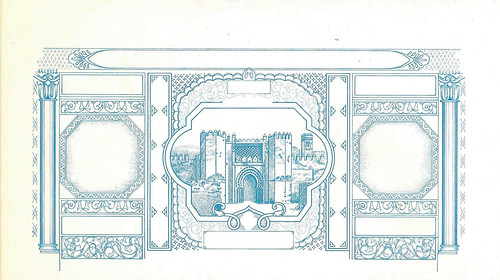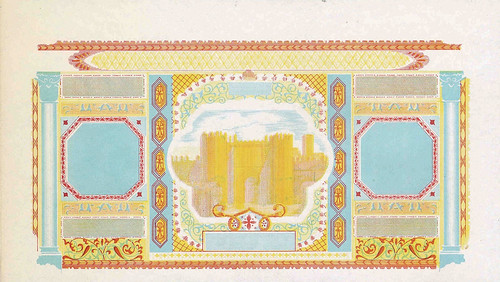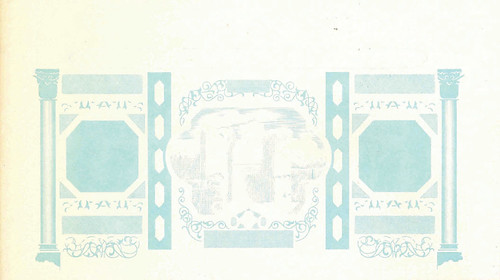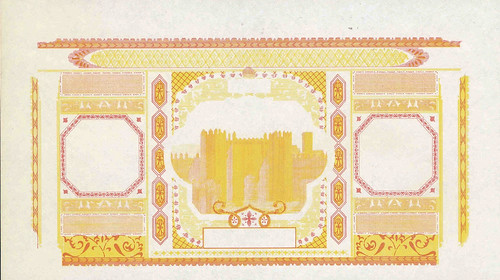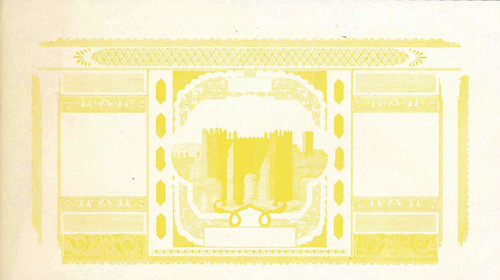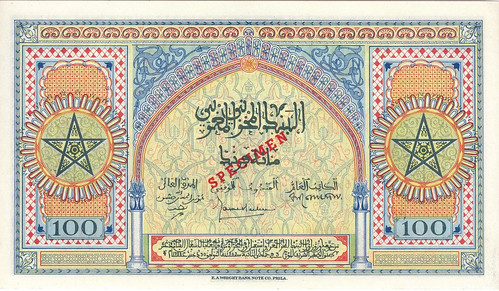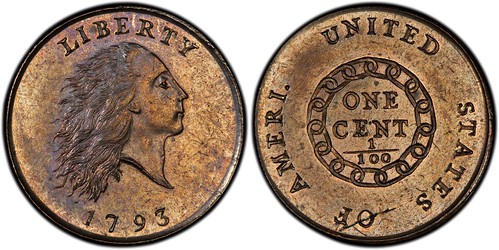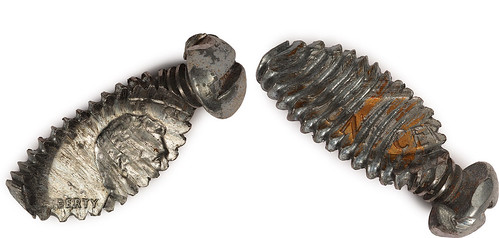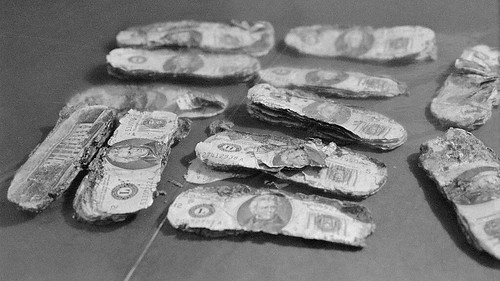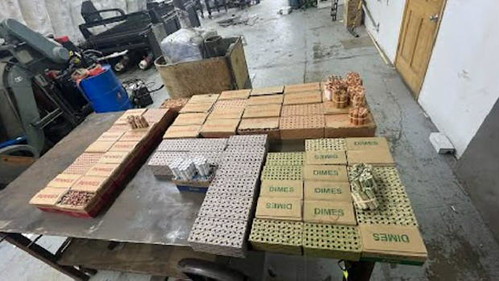
Visit our NBS Sponsors
About UsThe Numismatic Bibliomania Society is a non-profit association devoted to the study and enjoyment of numismatic literature. For more information please see our web site at coinbooks.org SubscriptionsThose wishing to become new E-Sylum subscribers (or wishing to Unsubscribe) can go to the following web page link MembershipThere is a membership application available on the web site Membership Application To join, print the application and return it with your check to the address printed on the application. Print/Digital membership is $40 to addresses in the U.S., and $60 elsewhere. A digital-only membership is available for $25. For those without web access, write to: Jeff Dickerson, Treasurer AsylumFor Asylum mailing address changes and other membership questions, contact Jeff at this email address: treasurer@coinbooks.org SubmissionsTo submit items for publication in The E-Sylum, write to the Editor at this address: whomren@gmail.com BUY THE BOOK BEFORE THE COINSale Calendar |
- WAYNE'S WORDS: THE E-SYLUM OCTOBER 29, 2023
- MORE WORKMAN BOOKS SALE 6 SELECTIONS
- NEW BOOK: DAHLONEGA MINT GOLD, 4TH EDITION
- NNP SYMPOSIUM NOVEMBER 2-4, 2023
- VIDEO: FLORIDA CURRENCY 1817-1935
- MONTERREY NUMISMATIC SOCIETY CONFERENCES
- LECTURE: VICKSBURG'S BLACK BANKS
- ANA GREG LYON MEMORIAL YN SCHOLARSHIP
- NOTES FROM E-SYLUM READERS: OCTOBER 29, 2023
- "ARMS OF CALIFORNIA" GOLD HALF FIRST APPEARANCE?
- SOME OBSERVATIONS ON TOKEN DIES
- VOCABULARY TERM: ORANGE PEEL
- ARD BROWNING DISCOVERY
- RON GILLIO INTERVIEW, PART FOUR
- KRAUSE LEGACY PARK DEDICATION (PEARL)
- KRAUSE LEGACY PARK DEDICATION (REICHENBERGER)
- ATLAS NUMISMATICS SELECTIONS: OCTOBER 29, 2023
- WBNA JAMAICAN BANKNOTE HIGHLIGHTS
- KUENKER AUCTIONS 395-397, PART 3
- TOM'S NUMISMATIC DIARY: OCTOBER 29, 2023
- THURSDAY LUNCH CLUB REPORT OCTOBER, 2023
- HERA ON ANCIENT COINS
- ANCIENT GREEK COINAGE GOLD PURIFICATION STUDY
- BRISTOL OLD VIC THEATRE TOKEN
- PHYSICAL BITCOINS IN SBG NOVEMBER 2023 SALE
- ON THE CLOSURE OF THE POBJOY MINT
- 1880 $100 SILVER CERTIFICATE
- MOROCCO 100 FRANC PROOFS
- GHOST LEAVES COINS AROUND HOUSE
- LOOSE CHANGE: OCTOBER 29, 2023
- COLORADO COIN CAPER
Content presented in The E-Sylum is not necessarily researched or independently fact-checked, and views expressed do not necessarily represent those of the Numismatic Bibliomania Society.
WAYNE'S WORDS: THE E-SYLUM OCTOBER 29, 2023
 New subscribers this week include:
Gilbert Chang of Alpha Numis, courtesy Jim Contursi;
Mike Loy, courtesy of Bruce Perdue;
and returning subscriber BK Lim.
Welcome aboard (and back)!
New subscribers this week include:
Gilbert Chang of Alpha Numis, courtesy Jim Contursi;
Mike Loy, courtesy of Bruce Perdue;
and returning subscriber BK Lim.
Welcome aboard (and back)!
Thank you for reading The E-Sylum. If you enjoy it, please send me the email addresses of friends you think may enjoy it as well and I'll send them a subscription. Contact me at whomren@gmail.com anytime regarding your subscription, or questions, comments or suggestions about our content.
This week we open with numismatic literature sale selections, one new book, updates from the Newman Numismatic Portal, reader questions and comments, and more.
Other topics this week include the Dahlonega Mint, Florida currency, token dies, Greg Lyon, Ard Browning, Chet Krause, fixed price and auction previews, Jamaican banknotes, Hera, physical bitcoins, the Pobjoy Mint, and the ghost who gives you coins.
To learn more about Cuban coinage, cobs, Beale's Treasure, the Dahlonega Mint, polymer banknotes, Vicksburg's Black Banks, the Templeton Reid Mint, the Arms of California gold half dollar, the Davison die hoard, the orange peel effect, Sol Kaplan, Eugene Daub, the Ella Heintz medal, and the 1880 $100 Silver Certificate, read on.
Oh, and who can spot the chronogram in this issue? Have a great week, everyone!
Wayne Homren
Editor, The E-Sylum
MORE WORKMAN BOOKS SALE 6 SELECTIONS
Alan Workman has a numismatic literature sale closing November 11-12, 2023. Here's some more selected lots. -Editor
Workman's Books is conducting its Sixth sale, "Sale 6 - Selections from A Latin American Numismatic Library and other Consignments.". Accompanying the Latin American Numismatic Library is a sizeable consignment of books, catalogs, magazines, journals, and dealer fixed price lists on numismatics, orders & decorations, militaria, shipwrecks, sunken treasure, lost treasure, treasure hunting, lost mines, and treasure in the American West.
- Books: 1 to 467
- Auction Catalogs & Dealer Fixed Pricelists: 468 to 734
SESSION 2:
- Auction Catalogs & Dealer Fixed Pricelists: 735 to 1267
- Journals & Magazines: 1268 to 1345
- Posters: 1346
- Newspapers: Lot 1347
- Photos: 1348 to 1349
- Postcards: 1350 to 1351
- VHS Tapes: 1352 to 1354
- DVDs: 1355
Lot 201: Kelly, E.M. SPANISH DOLLARS AND SILVER TOKENS. AN ACCOUNT OF THE ISSUES OF THE BANK OF ENGLAND 1797-1816. Spink & Son Ltd., London. 1976. 4to. (14), 151, (10) pages. Original black cloth, gilt, jacket. Tables. Appendix. Bibliograpy. Index. 8 b&w coin plates. English text. Jacket smudged, Near Fine. Book Fine. This book is a historical account of the Bank of England coinage issues from 1797 through 1816 to include Spanish American counterstamped and stamped coinage and silver tokens. Lot weight: 1 lbs 14oz. Subject(s): British, Spanish American Coinage.
Lot 223: Lhotka, M.D., Ph D, John F. & P.K. Anderson. SURVEY OF MEDIEVAL IBERIAN COINAGES. Sanford J. Durst, New York. 1989. 8vo. 123, (2) pages. Original printed card covers. Originally published in the Numismatist. b&w coin photos throughout. Fine. This book is a history and survey catalog of the medieval coinages that were minted in Spain and Portugal from the reign of Alfonso VI (1065) through John II (1495). The book covers heraldry, medieval letter forms, legend forms, coin types, denominations, mints and mint marks, metals, historic notes and values. Lot weight: 0 lbs 8oz. Subject(s): Spanish Coinage.
Lot 224: Lismore, Thomas. THE COINAGE OF CUBA 1870 TO DATE. ARTICLES BY PESANT BOUN IN ONE VOLUME. Roy Renderer, Miami. 1966. 8vo. 47, (1) pages. Later red cloth, gilt. Book by Lismore and three articles by Pesant bound in one volume. Lismore mis-spelled on the cover. Book: Tables. Appendix. Bibliography. b&w coin photos, line-drawings throughout. Fine. This book is a history and guide to the coinage of Cuba from 1870 through 1963. Topics covered include: Revolutionary coinage, Republic coinage, Gold and silver coins of 1915-1916, Decimals, Proclamations, and Paper money; Articles: 'Notes on Cuba's Early Coinage' by Roberto Pesant. The Numismatic Scrapbook Magazine. August, 1947 Pages 1406-1411. line-drawings throughout., 'The Rosette - A Cuban Counterstamp' by Roberto Pesant. The Numismatist. March, 1968. Pages 305-306, 'Historic Documents Reveal Birth of Souvenir Pesos' by Roberto Pesant. The Numismatic Scrapbook Magazine. July, 1968 Pages 1074-1080. b&w photos. Includes 4 miscellaneous magazine and news clippings laid in. This volume is a truly a one-of-a-kind item devoted to Cuban numismatics. Lot weight: 0 lbs 10oz. Subject(s): Cuban Coinage.
Lot 231: Magan, Ricardo M. LATIN AMERICAN BANK NOTE RECORDS. AMERICAN BANKNOTE COMPANY ARCHIVES. Ricardo M Magan, Taunton. 2005. 4to. 206 pages. Original pictorial card covers. First edition. b&w currency photos throughout. English text. Near Fine. This is a catalog of the Latin American bank notes in the American Banknote Company archives. The book is organized by country then by issuer, by denomination and then by issue date. Each note type has an obverse photo where possible and each issue dates contain print quantity, serial numbers and comments. Each denomination may have a general comment concerning any special characteristics or history. Lot weight: 1 lbs 8oz. Subject(s): Spanish American Paper Money.
Lot 237: Martin, W. Mack & Kenneth S. Latimer. STATE OF GEORGIA TREASURY NOTES, TREASURY CERTIFICATES & BONDS. W. Mack Martin & Kenneth S. Latimer. 2005. 12mo. 95 pages. Original pictorial card covers, Wire spiral binding. Signed by the authors. color currency photos throughout. Fine. This book is a descriptive listing and rarity guide to the treasury notes, treasury certificates, and bonds used in the state of Georgia. It covers the different issuing entities that issued the currency with physical information including rarity for each note. Lot weight: 0 lbs 11oz. Subject(s): United States Paper Money.
Lot 273: Menzel, Sewall H. Ph.D. COBS, PIECES OF EIGHT AND TREASURE COINS. THE EARLY SPANISH-AMERICAN MINTS AND THEIR COINAGES, 1536-1773. The American Numismatic Society, New York. 2004. 4to. xi, 484 pages. Original blue cloth, gilt, jacket. b&w coin photos and line illustrations throughout. Minor highlighting. Jacket/Book Fine. In the 1520s the Spanish crown began to realize through expanded explorations of the likes of Hernando Cortez and Francisco Pizarro that it was in charge of an enormous empire requiring extensive settlement and systems of control.
Royal mints were founded to control, evaluate and tax gold and silver coming from the mines, as well as to produce the coins needed for everyday commercial transactions. For some 250 years the mints churned out millions of cob-style coins, many of which found their way into the treasure galleons of the day. Soon mints such as Mexico and Potosi became known as the financial 'pillars of empire' and enabled Spain to engage in seemingly endless wars of conquest and plunder. Geography, crown intransigence, bureaucratic incompetence, royal intrigues and outright scandal all had an impact on the mints and their productions.
In this comprehensive and fully referenced study, Sewall Menzel brings out the critical detail and information needed to understand the ten early Spanish mints of Mexico, Santo Domingo, Peru, Potosi, Panama, Santa Fe de Nuevo Reino (Bogota), Cartagena, Cuzco, Guatemala and Cuba and their respective coinages. Through the use of some two thousand photos and diagrams the coins are identified by mint, king, denomination, mint assayer and type. Lot weight: 3 lbs 10oz. Subject(s): Spanish American Coinage.
Lot 282: Morris, LL. D., Robert. COINS OF THE GRAND MASTERS OF THE ORDER OF MALTA. OR KNIGHTS HOSPITALLERS OF ST. JOHN OF JERUSALEM. T.R. Marvin & Son, Boston. 1884. Small square 4to. xvi, (9)-70 pages. Original black cloth, gilt, top edge gilt, protector. One of only 120 copies printed. 6 b&w plates of coins. Fine. Includes an introduction, heraldic and historic notes, by W. T. R. Marvin. Lot weight: 1 lbs 3oz. Subject(s): European Coinage.
Lot 300: Nickell, Joe. DISCOVERED. THE SECRET OF BEALE'S TREASURE. Virginia Historical Society, Richmond. July, 1982. 8vo. (2), 283-394, (6) pages. Original tan printed card covers. The Virginia Magazine of History and Biography. Vol. 90 No.3. pp 310-324. First edition. Fine. Included as one of six main articles in this scholarly journal, is a very important but little-known monograph on the famous Beale Treasure, showing it is a hoax. Lot weight: 0 lbs 9oz. Subject(s): Buried Treasure.
To go to the sale, see:
Selections from A Latin American Numismatic Library and other Consignments Sale 6
(https://www.icollector.com/Selections-from-A-Latin-American-Numismatic-Library-and-other-Consignments-Sale-6_as91196)
To visit the website:
https://workmansbooks.square.site/
To read the complete catalog, see:
https://workmansbooks.com/downloads/WB%20Auction%20006%20catalog.pdf
To read the earlier E-Sylum article, see:
WORKMAN BOOKS SALE 6 ANNOUNCED
(https://www.coinbooks.org/v26/esylum_v26n41a03.html)
WORKMAN BOOKS SALE 6 SELECTIONS
(https://www.coinbooks.org/v26/esylum_v26n43a03.html)
NEW BOOK: DAHLONEGA MINT GOLD, 4TH EDITION
Doug Winter has published a new edition of his book on Dahlonega gold coins. -Editor
ANNOUNCING THE ARRIVAL OF THE BRAND-NEW 2023 EDITION OF GOLD COINS OF THE DAHLONEGA MINT, 1838-1861
DWN Publishing, a division of Douglas Winter Numismatics (DWN), is proud to announce the availability of the
2023 edition of its popular reference Gold Coins of the Dahlonega Mint, 1838-1861.
This is the fourth edition of
this work, but it is the first revision since 2013.
There have been many changes in the market for Dahlonega coins in the past decade, and both newbies and seasoned veterans will find this hardbound 278 page book to be an invaluable reference.
Each of the 60 different issues from the Dahlonega mint is described in great detail with specific focus on strike, surfaces, luster, coloration, eye appeal, and die varieties. Each issue also has a list of significant pieces known as well as auction price records. An estimate of the total known for each issue is included, and this is broken down in ranges for Very Fine, Extremely Fine, About Uncirculated, and Uncirculated grades. This information is current through the middle of 2023. At the end of each of the denominations, there are lists of rarity by date and grade, and rarity in high grades ranked from first to last.
There are numerous color photographs of each issue as well as clear, easy-to-use images of die varieties. Most of the varieties are given rarity levels.
The intention of this book (as with all of the references written by Doug Winter) is to enable collectors to make better informed decisions when purchasing a specific gold coin. As an example, let's say that a dealer is selling an 1847-D quarter eagle graded AU53 by one of the major services. When he consults the book, this collector will be able to quickly determine whether the color is natural for this specific issue, if the marks present on the surfaces are normal or abnormal, if the luster is the proper texture, and if the strike is below average, average or better than average. Most importantly, it will be possible to determine the coin's overall degree of eye appeal. This will be an excellent way to help make the decision to pass or play on the specific coin.
In addition to the date-by-date analysis, the book also contains a brief guide to the history of the mint plus two
useful chapters for collectors titled So…You Want to Collect Dahlonega Gold Coins
and The Dozen Greatest
Dahlonega Gold Coins.
There is also a fascinating in-depth analysis of The Fairmont Hoard written by collector
Richard Radick.
This book is available from DWN Publishing for $125, including shipping. Dealer discounts are available for orders of 10 or more copies.
For more information visit our website (www.raregoldcoins.com) or contact us via email at dwn@ont.com.
NNP SYMPOSIUM NOVEMBER 2-4, 2023
Newman Numismatic Portal Project Coordinator Len Augsburger provided the following report. -Editor
Newman Portal Symposium Takes Place November 2-4
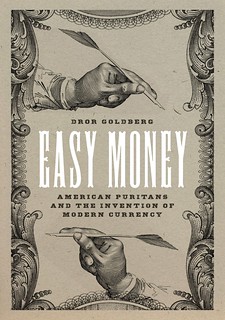 The Newman Portal Symposium returns this week with a series of online presentations scheduled for November 2-4. This is our seventh event, having initially launched in fall 2020 in response to the pandemic. Our feature presentation, at 11AM Eastern on Friday, November 3, will include the premier of a video on United States coins in the American Numismatic Association Museum in Colorado Springs, CO, followed by Q&A with ANA Curator Doug Mudd.
The Newman Portal Symposium returns this week with a series of online presentations scheduled for November 2-4. This is our seventh event, having initially launched in fall 2020 in response to the pandemic. Our feature presentation, at 11AM Eastern on Friday, November 3, will include the premier of a video on United States coins in the American Numismatic Association Museum in Colorado Springs, CO, followed by Q&A with ANA Curator Doug Mudd.
In other sessions, Professor Dror Goldberg of the Open University of Israel will talk about his new book, Easy Money: American Puritans and the Invention of Modern Currency (University of Chicago Press, 2023), while Mark Borckardt will be speaking on the history of the Early American Coppers club. Our own Lianna Spurrier, NNP Symposium Producer, will discuss Japanese bar money, covering the Edo Period to the Meiji Restoration. A full schedule is available on the Symposium website.
Link to Newman Portal Fall 2023 schedule:
https://nnpsymposium.org/
Link to previous Newman Portal Symposium videos on NNP:
https://nnp.wustl.edu/library/multimediadetail/539070
To read earlier E-Sylum articles, see:
NEW BOOK: EASY MONEY
(https://www.coinbooks.org/v26/esylum_v26n13a03.html)
BOOK REVIEW: EASY MONEY
(https://www.coinbooks.org/v26/esylum_v26n14a06.html)
INTERVIEW: EASY MONEY AUTHOR DROR GOLDBERG
(https://www.coinbooks.org/v26/esylum_v26n30a23.html)
VIDEO: FLORIDA CURRENCY 1817-1935
The David Lisot Video Library on the Newman Numismatic Portal can be found at:
https://nnp.wustl.edu/library/multimediadetail/522852
We highlight one of his videos each week in The E-Sylum. Here's one from 2017 about Florida currency. -Editor
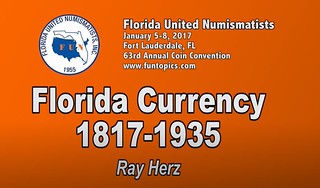 Jacksonville researcher Ray Herz is an avid paper money enthusiast. In this program, Ray will focus on various forms of currency as they have existed in the Sunshine State. He'll also cover both ultra-rare items and those items that are still affordable for the typical currency collector. Speaker: Ray Herz. Running time: 49:58.
Jacksonville researcher Ray Herz is an avid paper money enthusiast. In this program, Ray will focus on various forms of currency as they have existed in the Sunshine State. He'll also cover both ultra-rare items and those items that are still affordable for the typical currency collector. Speaker: Ray Herz. Running time: 49:58.
To watch the complete video, see:
https://nnp.wustl.edu/library/book/540304
MONTERREY NUMISMATIC SOCIETY CONFERENCES
Adrián González-Salinas of Monterrey, Mexico passed along this information about public numismatic presentations from the Monterrey Numismatic Society. Thank you. -Editor
Monterrey's Numismatic Society was founded on 15 October 1970 so last week (09-13 October) celebrated its 2nd Mitote Numismático (Numismatic Party) with 9 numismatic conferences.
These are the conferences broadcasted by Zoom and Facebook Live
https://www.facebook.com/SonumtyAC/videos
09 October
Luis Manzano
"Primero el Libro, Luego las Monedas y Luego…El Software"
"First the Book, Then the Coins and Later…the Software"
https://www.facebook.com/SonumtyAC/videos/1882422698826279
Carlos Amaya
"Diógenes, el Falsificador de Moneda"
"Diogenes, the Coin Counterfeiter"
https://www.facebook.com/SonumtyAC/videos/1882422698826279 @40:20
10 October
Gustavo Maza
"Billetes de Polímero - Breve Reseña de los Billetes de Polímero y Presentación del Catálogo 2022"
"Polymer Banknotes - Brief Review of Polymer Banknotes and Presentation of the 2022 Catalog"
https://www.facebook.com/SonumtyAC/videos/989756925638146
Mónica Ramos
"La Evolución del Comercio Numismático en México 1821-2023"
"The Evolution of the Numismatic Trade in Mexico 1821-2023"
https://www.facebook.com/SonumtyAC/videos/989756925638146 @29:30
11 October
Varios
"Fake News que Circulan en Redes sobre Monedas y más…"
"Fake News Circulating on Social Networks about Coins, etc..."
https://www.facebook.com/SonumtyAC/videos/700967341946859
12 October
Miguel Albiti
"Fernando VII, un Rey Multifacético"
"Ferdinand VII, a Multifaceted King"
https://www.facebook.com/SonumtyAC/videos/311990518133351
Adrián González
"Fichas de la Finca Guatimoc en Chiapas, México"
"Tokens of the Guatimoc Estate in Chiapas, Mexico"
https://www.facebook.com/SonumtyAC/videos/311990518133351 @31:20
13 October
Luis M. Gómez W.
"El Mitote de El Peso de 1949"
"The Embroilment of 1949 Mexican Peso"
https://www.facebook.com/SonumtyAC/videos/360420626408333
Gabriel González
"El Otro Dinero"
"The Other Money"
https://www.facebook.com/SonumtyAC/videos/360420626408333 @29:00
LECTURE: VICKSBURG'S BLACK BANKS
An upcoming program at Vicksburg National Military Park in Vicksburg, MS features author Shennette Garrett-Scott speaking on Vicksburg's Black Banks. -Editor
On November 4, Vicksburg National Military Park will host a special program Blood Money: From the Freedman's Bank to Liberty Bank, the Legacy of Vicksburg's Black Banks
presented by Professor Shennette Garrett-Scott
The opening of the Vicksburg Freedman's Bank in 1865 and its failure less than a decade played a critical role in the struggle for freedom and economic justice in Vicksburg, a legacy that stretches from the Civil War to the present day. Come learn more about the role of USCT soldiers and officers in this important chapter of Vicksburg history and ways to use Freedman's Bank and Black banking records for family and local community research.
Co-Sponsored by the Friends of Vicksburg National Military Park & Campaign
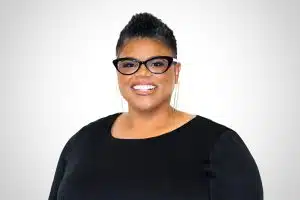 About the Speaker:
About the Speaker:
Shennette Garrett-Scott is committed to telling little-known stories of African-American enterprise and activism. Considered one of the country's foremost experts in Black business history, she's the author of the multiple award-winning book Banking on Freedom. She is Associate Professor of History & Africana Studies and Gibbons Professor in the College of Liberal Arts at Tulane University.
To read the complete article, see:
Vicksburg National Military Park to host a special program on the story of Vicksburg's Black banks
(https://vicksburgnews.com/vicksburg-national-military-park-to-host-a-special-program-on-the-story-of-vicksburgs-black-banks/)
To read the earlier E-Sylum article, see:
LOOSE CHANGE: OCTOBER 11, 2020 : The St. Luke Finance Corporation in the 1920s
(https://www.coinbooks.org/v23/esylum_v23n41a32.html)
ANA GREG LYON MEMORIAL YN SCHOLARSHIP
The ANA has created a new scholarship in honor of Greg Lyon. -Editor
Each year, the American Numismatic Association (ANA) hosts Summer Seminar, a life-changing event for those interested in coin collecting. The two-week event is responsible for catapulting the careers of several of the nation's most respected money collectors, authors and dealers. Students are able to learn from instructors who are recognized leaders in their fields, and mingle with fellow numismatists. The ANA also offers annual scholarships to adults and Young Numismatists (YN) to provide the chance to attend. Full scholarships include room and board for one week, tuition, and airfare, while partial scholarships cover tuition only.
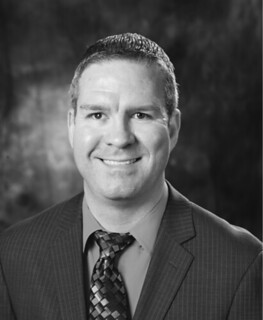 The 2021-23 ANA Board of Governors chose to honor Greg Lyon's memory by establishing the Greg Lyon Memorial YN Scholarship to support worthy young numismatists attending Summer Seminar. YNs who submit a scholarship application will automatically be considered for this award, which will be given to a YN who best personifies the qualities for which Lyon was known.
The 2021-23 ANA Board of Governors chose to honor Greg Lyon's memory by establishing the Greg Lyon Memorial YN Scholarship to support worthy young numismatists attending Summer Seminar. YNs who submit a scholarship application will automatically be considered for this award, which will be given to a YN who best personifies the qualities for which Lyon was known.
Greg Lyon (1971-2023) served the ANA for 10 years as a governor, and later as parliamentarian, until his untimely passing earlier this year. He attended his first Summer Seminar in 1986 at the age of 14 and was named Young Numismatist (YN) of the Year in 1989. He went on to earn a range of other ANA awards, including Adult Advisor of the Year, Glenn Smedley Memorial Award, and a Presidential Award.
Lyon loved numismatics and especially all the friendships he made in the hobby through his involvement with the ANA. One of his favorite numismatic activities was attending the ANA's Summer Seminar, which he did over 20 times, first as a student and later as a mentor and chaperone. Lyon was an inspiration for countless young numismatists who credit him as a role model. His understanding of investments and business management made him a trusted source of information and advice, both to the Board and to the many committees he worked with over the years.
Scholarship applications will be available at money.org/summer-seminar by the end of October and must be submitted no later than February 15, 2024. For additional information, contact the ANA Seminars Department, phone (719) 482-9848, email seminars@money.org.
NOTES FROM E-SYLUM READERS: OCTOBER 29, 2023
Templeton Reid Mint Marker
Dave Steine writes:
"Ran across this marker by accident. I had no idea."
A cool place to stumble into in northern Georgia. Here's an earlier article about the site. -Editor
To read the earlier E-Sylum article, see:
THE TEMPLETON REID MINT
(https://www.coinbooks.org/v24/esylum_v24n03a30.html)
Query: The Astor Cash Stash
Barry Tatum writes:
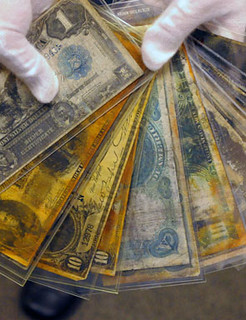 "Reading about the Redfield burglary,
I'm curious if there is any knowledge about my question.
John Jacob Astor died on the Titanic. The story says he had $25,000 cash in his coat pocket when his body was recovered. I want to know the denominations of the money in his pockets. That would have been a tremendous amount of money in 1912. Wonder in your
"Reading about the Redfield burglary,
I'm curious if there is any knowledge about my question.
John Jacob Astor died on the Titanic. The story says he had $25,000 cash in his coat pocket when his body was recovered. I want to know the denominations of the money in his pockets. That would have been a tremendous amount of money in 1912. Wonder in your books
are there any stories relating to Astor's stash of cash
?"
Great question. We did have an article in 2010 on some paper money recovered from the wreck of the Titanic, but there was no mention of passenger connections. Can anyone find a relevant reference? -Editor
To read the earlier E-Sylum article, see:
A GLIMPSE OF PAPER MONEY FROM THE TITANIC
(https://www.coinbooks.org/esylum_v13n33a20.html)
THE 1952 LAVERE REDFIELD BURGLARY
(https://www.coinbooks.org/v26/esylum_v26n43a17.html)
More on the Waterloo Soldier's Coins
Max Hensley provided some additional information on the coins found with the skeleton of a soldier displayed at the Waterloo Museum in Belgium near Brussels. Thank you. -Editor
The inventory of the contents of the German skeleton's purse is:
- Brunswick-Luneburg-Calenberg-Hannover 2 pfennig 1804 George III of Great Britain
- Westfalia 2 pfennig 1810 Jerome Napoleon
- Austria 30 kreuzer 1807- S (Schmollnitz)
- France 5 francs 1812-A (A = Paris)
- France 5 francs 1812-A (second example
- France 1 franc L'an XI-A (1802-1803, Premier Consul, Paris)
- France 1 franc 1810-A
- France 1/2 franc 1811-A
- Two copper coins, illegible
It was curious why a German soldier fighting Napoleon should have so much French coinage in his purse.
Great Britain during the Napoleonic wars was responsible for financing much of the opposition to
Napoleon. In 1814 Great Britain retained the Rothschild European network to obtain French gold and
silver coin to pay troops and subsidize its Continental allies (including German states). 1.2 million British
Pounds of specie was collected and sent through the Dutch port of Helvoetsluys to Wellington. More
followed in 1815. Ironically, Boney
unintentionally minted coin for his enemy's troops. Find the story
in detail on pages 82 – 85 of Ferguson, Niall The Ascent of Money – A Financial History of the World,
Penguin 2008
To read the earlier E-Sylum article, see:
THE WATERLOO SOLDIER'S COINS
(https://www.coinbooks.org/v26/esylum_v26n39a11.html)
Saint-Gaudens' Study Head of Hettie Anderson
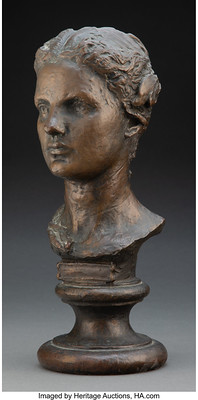 Bob Van Ryzin writes:
Bob Van Ryzin writes:
"The first study head for Victory of Saint-Gaudens' Sherman Monument in N.Y. is up for bid in a Nov. 17 Heritage art auction.
"The sculpture was modeled after African-American Hettie Anderson, in 1897, and was presented to her by Saint-Gaudens.
"It is the version he ultimately chose for the Sherman grouping, along with her figure.
"This first study is believed to be unique, as described in the Heritage lot description. It has a pre-sale estimate of $40,000 - $60,000."
Nice work. Thanks. -Editor
To read the complete lot description, see:
Augustus Saint-Gaudens (American, 1848-1907). Hettie Anderson, first study for the Head of Victory, conc...
(https://fineart.ha.com/itm/sculpture/augustus-saint-gaudens-american-1848-1907-hettie-anderson-first-study-for-the-head-of-victory-conc/a/8145-67071.s)
To read the earlier E-Sylum articles, see:
HETTIE ANDERSON, MODEL FOR SAINT-GAUDENS
(https://www.coinbooks.org/v22/esylum_v22n02a20.html)
HETTIE ANDERSON: MODEL FOR SAINT-GAUDENS
(https://www.coinbooks.org/v22/esylum_v22n26a20.html)
MORE ON MODEL HETTIE ANDERSON
(https://www.coinbooks.org/v24/esylum_v24n34a18.html)
"ARMS OF CALIFORNIA" GOLD HALF FIRST APPEARANCE?
Bob Leonard has a research question for our readers. Can anyone help? The image is from PCGS CoinFacts. -Editor
I'm working on a third edition of Breen-Gillio, California Pioneer Fractional Gold. In the second edition, the earliest appearance of BG-435, the rare and popular Arms of California round half dollar dated 1853, is given as the Jules Fonrobert collection, lot 1382 in the auction of February 18, 1878. Fonrobert died in 1877; he purchased most of his U.S. coins after 1871.
It seems to me that there should be an earlier appearance in the United States. Fonrobert owned some rare U.S. pattern coins, and I know that efforts have been made to identify the auctions where he obtained them, and the agent or bidder name that he used. Was there an 1853 round California half dollar in any of the auctions Fonrobert is known to have bid in? Can anyone help?
Also, Charles I. Bushnell owned an example at his death in 1880 (lot 2430 in the Chapman auction). Bushnell was very active in the 1850s, but less so in the 1860s and 1870s. I'm sure that pedigrees have been developed for many of his coins, from earlier sales; could there have been an Arms of California half dollar in any of these?
Thanks to anyone who can assist!
To read the complete CoinFacts article, see:
1853 G50C BG-435, Arms of California (Regular Strike)
(https://www.pcgs.com/coinfacts/coin/1853-g50c-bg-435-arms-california/10471)
THE BOOK BAZARRE
Ken Rendell is the greatest collector in the world.Andrew Roberts:
Ken Rendell doesn't just think outside the box, he's lived outside, as this gripping memoir shows.Doris Kearns Goodwin:
What a journey it is!Order your copy online (including at Whitman.com ), or call 1-800-546-2995.
SOME OBSERVATIONS ON TOKEN DIES
Early last month I came across this listing on an auction site and reached out to reader Heath White for his thoughts. Heath has acquired large troves of old token, medal and ornamental dies, and sold many through an eBay dealer. Here's our exchange. [NOTE - the die images on the auction site must have been reversed for readability.] -Editor
[B]rass token is 33mm. Each die is made of solid steel and each weighs 12 ounces. One die is marked on the side "L STEEL" as seen in one of the last photos. From 1928. Entirely HAND ENGRAVED in mirror image! Imagine how talented the engraver had to be to make the side with the Hebrew (there is Yiddish too), in mirror image! He did such a beautiful job, he not only must of been Jewish, but likely was raised with an Orthodox religious upbringing.
In general, American token and medal dies dating from before 1950 were destroyed or thrown away after minting stopped. I have never seen dies for an American Jewish token or medal anywhere. None have ever appeared at auction and none are in any museums, including the Jewish Museum of New York, Metropolitan Museum of Art storage holdings, etc. The fact that these dies were not destroyed means they meant something to someone, maybe the engraver himself kept them? They would be an impressive "resume" for future engraving jobs when the die with the Hebrew + Yiddish were shown. This is truly a once in a lifetime chance to own such a grouping. Brass token is included in this sale with the dies.
Wayne: Did these come from one of your earlier sales?
Heath: No, these dies were never in my collection.
Wayne: Have you encountered many dies with a connection to Jews or Jewish institutions?
Heath: Many, no. . . I've had a few and they are not dies I would keep in my core collection. If you count Shekels used by Royal Arch Masons I've had many hundreds of dies with Jewish symbols on them.
Wayne: What do you make of this?
Heath: Some quick observations below:
-
My first instinct when I saw these was they came from S H Quint. I'm not in my office to compare know examples, but this is where I would start looking. David Gladfelter spent time at the Quint factory in the 1970's and helped them auction off some of their dies. I have a list of the dies he helped sell and can check to see if this was one of them. There were many other Quint dies sold so the list from David is very incomplete.
- These are what I would call 'coining dies' because dies of this shape/size/style were used in a coining press which was made specifically to manufacture coins, tokens, Masonic Pennies, or items that resembled a coin.
- These are very simple dies that required relatively little skill/time to make.
-
The person describing these clearly doesn't know what he/she is talking about.
- "Entirely HAND ENGRAVED" - Absolutely, 100% NOT!
- The engraver "must have been jewish" - How funny! So, was the engraver of my KKK dies a member of the Klan? Aeronautical dies engraved by a pilot?
- "In general, American token and medal dies dating from before 1950 were destroyed or thrown away after minting stopped. " - A statement of opinion that can't be substantiated with any facts, logic, or common sense. Simply not true. Stamping dies were considered a valuable asset of the companies that used them. They never threw them away after minting stopped!
- Dies that make American Jewish medals or tokens "have never appeared at auction". - I think I could easily prove this wrong.
- If you notice how the top of the dies were turned down this was done so the dies could fit into a collar.
- It is nice to have both the obverse and reverse die together.
- The bottom of one of the dies is broken. . .
- Starting bid is $750 ($600 plus 25%). I hope I'm wrong, but don't think they will sell.
The lot did not sell. When Heath returned to his office he added these notes. -Editor
Overall, they are a nice pair of dies that would clean up nicely. I hate when a dealer, auction company, or any seller makes false statements when the reality is they don't know what they are talking about. The likely buyer for these is not a die collector. As such, these false statements get repeated as fact because they are believed to be true by a naive buyer.
I just looked at Worthpoint and quickly found these examples of die sales with Jewish connections:
To read the complete Worthpoint descriptions, see:
ANTIQUE 1929-1930 JEWISH SOCCER LEAGUE MEDAL STEEL STAMPING DIE JN370 AS IS
(https://www.worthpoint.com/worthopedia/antique-1929-1930-jewish-soccer-4649670997)
3 ANTIQUE STAR OF DAVID PIN STEEL STAMPING DIES * JN1506 HEBREW TEXT
(https://www.worthpoint.com/worthopedia/antique-star-david-pin-steel-stamping-4646074119)
I was unable to connect these dies with the S H Quint company based on the information I have. Attached is a listing of the dies sold by David Gladfelter in 1973 along with a copy of an article David wrote for TAMS in June 1972. David auctioned off 70 dies, he kept 25 for himself, and there were an estimated 10,000 dies total that Quint had available for sale. I have some military related Quint dies in my collection and have seen others not sold by David.
Dies from different manufacturers often have different characteristics that are unique to that manufacturer. For example, attached is an ad for dies from J K Davison sold by Robert Bashlow in 1962. If you look at the shape of the dies and how the dies are turned down for a collar and compare them to the Jewish NYC school dies you can see they are clearly a different style. Davison also put a chamfer at the top of their dies, Quint didn't. This is what I am looking at when I say they look like Quint dies. I can rule out Davidson, Schwaab, and numerous other manufacturers simply based on the way the dies were manufactured.
Heath kindly provided a copy of Gladfelter's June 1972 TAMS Journal article (two pages shown here) and an August 24, 1962 Robert Bashlow Coin World ad for Davison hoard dies (well worth an article in itself). -Editor
To read the complete lot description, see:
A Hand Engraved Steel Die Stamp, Jewish Medal -Token, Brooklyn School, New York 1928
(https://www.appelauction.com/auction/237-rare-special-items-en/lot-356-a-hand/)
VOCABULARY TERM: ORANGE PEEL
Here's another entry from Dick Johnson's Encyclopedia of Coin and Medal Terminology. -Editor
Orange Peel. A surface effect on coins that resembles a shingled roof, or pebbled or rippled look, or the skin of an orange (although at a smaller scale). This occurs in an area that should be smooth in appearance. In extreme cases, it can be seen on frosted or wire brush field areas but mostly appears on cameo type proof coin finishes. It has been observed on nineteenth century proof coins as well as ones of later issue and modern proofs.
Orange peel describes the macro-scale breakup in the field of a coin that is generally due to excessive grain size. It also refers to grain boundary slippage in the field that is visible with 3X power near the rim (border). Appearance is irregular where it should be smooth and mirror like.
Some opinions vary slightly but most mint professionals agree that it is due to the grain size and metallurgical characteristics of planchets. Metal grain size and orientation is affected by annealing or other heat treatments applied to planchets. Orange peel is also observed in non-coinage situations as described in a 1981 article Grain Size of Gold and Gold Alloys.
The classic manifestation of coarse grain size in gold alloys is the orange peel
effect. This is characterized by the development during deformation of the material of a surface appearance similar to that of an orange skin. It results from a shifting of individual coarse grains relative to one another, in extreme cases to such an extent that the grain boundaries become apparent to the naked eye.
Sources:
CLASS 08.9
Ott, Dieter and Christoph J. Raub. Grain Size of Gold and Gold Alloys,
Gold Bulletin, June 1981, pp.74. [Forschungsinstitut für Edelmetalle und Metallchemie, Schwäbisch Gmünd, Germany]
5195-(006)01
To read the complete entry on the Newman Numismatic Portal, see:
Orange Peel
(https://nnp.wustl.edu/library/dictionarydetail/520149)
ARD BROWNING DISCOVERY
E-Sylum Feature Writer and American Numismatic Biographies author Pete Smith submitted this article with an interesting discovery about Ard Browning, author of the classic reference, Early Quarter Dollars of the United States. Thank you! -Editor
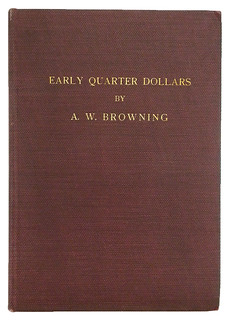 In the summer of 2000, I attended the ANA convention in Philadelphia. On August 9, I visited
the Fourth Philadelphia Mint, the Liberty Bell and Independence Hall. I could have spent the
following day on the bourse floor shopping for coins. Instead, I joined Carl Herkowitz, his wife
Barbara, and Scott Rubin on an adventure. We drove up a narrow winding road to the
unincorporated village of Palm, Pennsylvania, looking for the burial place for Ard Browning.
In the summer of 2000, I attended the ANA convention in Philadelphia. On August 9, I visited
the Fourth Philadelphia Mint, the Liberty Bell and Independence Hall. I could have spent the
following day on the bourse floor shopping for coins. Instead, I joined Carl Herkowitz, his wife
Barbara, and Scott Rubin on an adventure. We drove up a narrow winding road to the
unincorporated village of Palm, Pennsylvania, looking for the burial place for Ard Browning.
I had commented in 1993 about my inability to do a biography of Browning. Very little was
known of him before Herkowitz contributed an article to the July 1997 issue of The Asylum,
Ard W. Browning Through a 1920 Looking Glass.
Herkowitz was a colorful writer who could
create a five-page article out of one census listing.
He later contributed a follow-up article in the Fall 2000 issue of The Asylum, Ard W. Browning
Comes Home.
In this he laid out some of the basic facts of the life of Browning.
Ard Browning was born in Chicago on January 12, 1869. He was the son of William H. Browning and Mary Virgil of Dayton, Ohio. Carl was unable to locate a birth certificate.
A 1905 New York census has Browning living as a lodger in Manhattan. In the 1910 Census, he was listed as a lodger and bookkeeper for a plumbing firm in New York.
Browning was employed as a stenographer at the Central Islip State Hospital for fifteen years from l918 to 1933.
Browning joined the ANA in February 1925 as member 2791 with an address of a P. O. Box in Central Islip, Long Island, New York.
It was also in 1925 when Browning's book, Early Quarter Dollars of the United States, was published by Wayte Raymond. He came from obscurity and returned to obscurity after publication. There has even been speculation that his name was made up to conceal the real author.
He died on May 24, 1933, at the age of 64. He is buried in the cemetery behind the Schwenkfelder Church in Palm Pennsylvania, next to his younger brother Charles V. Browning (1871-1957) and his wife, Annie. That's where we found him on August 10, 2000.
That's where the story stood until October 26, 2023, when I made the next big discovery. It takes a bit of an explanation. The FamilySearch site is a great source for biographical research. It includes copies of original records like census records.
Users of the site can link records to a family tree. These are not verified original documents and may be subject to error. This is true of the Browning discovery but I trust it is correct.
The later records for Ard W. Browning are linked to an 1880 Census listing for Ard W. Bolenbaugh, age eleven and born in Illinois. He is the son of William Harrison Bolenbaugh (1839-1906) listed as a house carpenter, and Mary N. Virgil Bolenbaugh (1844-1897). Also listed is a younger brother, Charles V. (1872- ), age eight. The Bolenbaugh names line up completely with the names listed for the Browning family.
William was a Civil War veteran. William and Mary Bolenbaugh remained married and are buried under the Bolenbaugh name in Galesburg, Kansas. A 1957 obituary for Charles V. Browning indicates that he was born in Fort Wayne, Indiana, but does not mention his parents. The mother and father are linked to several generations of ancestors. There is no Ard among those ancestors.
This is evidence that Ard changed his name and the reason why Carl Herkowitz could not find a birth certificate. It is curious that Ard and Charles both changed their names for reasons that remain a mystery.
One other Ard Browning appears in the FamilySearch records. He was born in January of 1836 and a Mississippi farmer in the 1900 Census. He had a son, J. S. Browning, born in 1869, the same year as Ard Bolenbaugh. There is no apparent connection between the two.
In 1917, the British House of Saxe-Coburn-Gotha was renamed as the House of Windsor to break ties with their German ancestry. Perhaps the Bolenbaugh name became uncomfortable and the sons preferred the more English name of Browning. I have been looking for answers for more than thirty years and those answers are being revealed slowly.
Perseverance pays! -Editor
To read the earlier E-Sylum article, see:
ARD W. BROWNING ANA PILGRIMAGE PLANNED
(https://www.coinbooks.org/esylum_v03n32a04.html)
RON GILLIO INTERVIEW, PART FOUR
Greg Bennick's latest interview for the Newman Numismatic Portal is with longtime dealer Ron Gillio. Here's the fourth of five parts, where Ron discusses fellow dealers Abe Kosoff and Sol Kaplan. -Editor
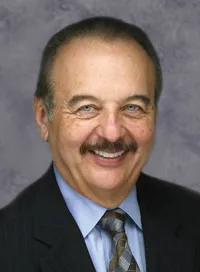 RON GILLIO: Well, Abe Kosoff is a big standout in my memory because when I
first started, he was in Encino, California. And then he moved to Palm Springs. And
I used to go and visit him and do business with him and buy coins from him. Not so
much in the 70s. I really didn't start buying coins from him until the 1980s. But
through the 80s and 90s, I did business with him. And he was a sharp dresser. He
was very diplomatic, always just perfectly dressed. And he was very fair. He always
treated me very well as most of those dealers during that time did. But he was close,
so I could readily, you know, go see him and buy a few coins. And then he started
giving me coins at consignment to sell for him, which was good. So, I did that.
And I'll never forget the time that he called me one time. This is, I believe, could
have been the 80s or maybe early 90s. He called me and said he's got something he
wants to sell me. He wanted me to come to Palm Springs. And what it was, he was
very friendly and partners with Sol Kaplan, who was another dealer at that time. And
Sol had passed away. And he said,
RON GILLIO: Well, Abe Kosoff is a big standout in my memory because when I
first started, he was in Encino, California. And then he moved to Palm Springs. And
I used to go and visit him and do business with him and buy coins from him. Not so
much in the 70s. I really didn't start buying coins from him until the 1980s. But
through the 80s and 90s, I did business with him. And he was a sharp dresser. He
was very diplomatic, always just perfectly dressed. And he was very fair. He always
treated me very well as most of those dealers during that time did. But he was close,
so I could readily, you know, go see him and buy a few coins. And then he started
giving me coins at consignment to sell for him, which was good. So, I did that.
And I'll never forget the time that he called me one time. This is, I believe, could
have been the 80s or maybe early 90s. He called me and said he's got something he
wants to sell me. He wanted me to come to Palm Springs. And what it was, he was
very friendly and partners with Sol Kaplan, who was another dealer at that time. And
Sol had passed away. And he said, I'm handing Sol's estate. And I got the balance
left.
He says, I want to sell it to you.
And I'll never forget it because it was safety
deposit box and safety deposit boxes full of coins and paper money. And so, I asked
him, What do you want for it?
He said, You figure out a price.
So, I figured out
a price. I'll never forget the price because I ended up buying it for $126,000. Well, I
didn't have $126,000 at the time. I mean, I had money, but it was all tied up. So, I
said, I can buy it from you, Abe. I can give you $10,000 and pay you the rest later.
He says, Fine. He says, pay me when you can.
I'll never forget that.
I had, excuse me, I had that same relationship with several dealers that Bob Johnson,
Sam Coppell in Los Angeles. These are people that were icons in the industry at the
time. And they always treated me very fairly. Always willing to loan me money or
sell me coins, pay me later. And of course, I always paid them. So, they kept selling
to me. But no, Abe was a fantastic gentleman.
GREG BENNICK: I really like hearing that. And I actually have a couple of people
in the industry who have sold me coins. One in particular that I remember just last
year sold me a quite expensive counterstamp coin. And I couldn't possibly pay for it
at the time. And he wrote on the invoice, No dying allowed!
, meaning I'm not
allowed to die until I pay him. Once I pay him, I can do whatever I want. I can pay
him whenever I can, but no dying allowed. I'm not allowed to die before I pay the
invoice for this coin. So, I'm half looking forward to paying it off, but I also don't
want to pay it off because I don't want to start dying. But it's always good to have
people like that in the industry who are willing to support you. And it sounds like
you had that support from some icons in the industry as well.
RON GILLIO: Yeah, I know. And just going back to the Silver Certificate days,
Sam Coppell in Los Angeles, one of the dealers that I was buying Silver Certificates
from, and one time I couldn't pay him. I'll never forget it because not only he said,
You can pay me later.
He says, Let me give you a couple of thousand dollars
working capital more so you have more money to work with.
He said, But I want
interest.
And he charged me some kind of interest. So, no, I had a big support. And
another one was Lester Merkin in New York who really helped me out, who was
introduced to me by Bob Johnson on one of our trips to New York. And Lester was
another gentleman.
GREG BENNICK: Now, Lester was doing quite a few auctions. I know that I own quite a few of his auction catalogs. I know he was doing auctions constantly. You were doing auctions as well, either at the time or shortly thereafter. Isn't that, right?
RON GILLIO: Well, like I said, in 1967-68, I was in the auction business with Paul Koppen here where I had auctions in Van Nuys. Then I started having my own auctions at the Long Beach Coin Show in the 90s, maybe late 80s.
GREG BENNICK: Okay. So, it was a bit later, but still.
RON GILLIO: Long Beach Coin Show and different coin shows, I would have auctions. They started about 1983 because I had a certified coin auction when PCGS started in 1986. And then I also started having auctions in Hong Kong and I started running shows in Hong Kong in the 1980s. So totally, I had auctions in Hong Kong, Japan, and the US. I had a total of about 80 some odd auctions all through my career.
GREG BENNICK: Now, the auctions that you were doing in Hong Kong and Japan, because we focused our conversation so far on Switzerland, how did you make it over to Hong Kong and Japan? And were you buying and selling Chinese coins and Japanese coins or were you selling US coins in Hong Kong and US coins in Japan?
RON GILLIO: In Japan, it was an interesting question you asked because one of the coins that's really popular in Japan is a $10 Indian gold coin. It was used for jewelry. This is in the 1990s now, maybe late 1980s. But I would go to Switzerland, buy rolls of $10 Indians, 50 coins through a roll, fly directly from Zurich to Tokyo and sell them there. And that kind of got me interested in also Asian coins. So, I started dealing in Japanese coins. I'd find Japanese coins in Europe and then I'd bring them to Japan and sell them. Same thing with the Chinese coins. I got interested in the Chinese coins. So, I started buying the Chinese coins in the United States along with the Japanese coins and then selling them in Japan and Hong Kong. And then not buying, I never really bought too much US coins in Asia. I did buy some, but not very many.
GREG BENNICK: Were people in Hong Kong and Japan, were they interested in slabbed coins as that took off or were they more interested in raw coins like you mentioned for jewelry?
RON GILLIO: Well, during the time I was doing it, there was just raw coins. I mean, I did go to Japan. I did take David Hall to Japan on a trip. We went to a coin show together and I helped him promote PCGS. This was in ‘88, ‘89. And they started getting interested in the slabbed coins then, which they are now. But during the time when I went over there, there was really no slabs yet. It didn't really kick in until the 90s. So, most of my auctions were raw coins and I'd get quite a few consignments from people in Hong Kong at the time for Chinese coins in my auction. But yeah, that was my extent of the auction business. And then I had auctions in San Francisco with Bob Johnson and Butterfield's Auction Gallery. And like I said earlier, now I'm with Stack Bowers getting consignments for Stack Bowers auctions.
GREG BENNICK: You mentioned the Long Beach show. When did you first start going to the Long Beach show?
RON GILLIO: Long Beach show started in ‘63 or ‘64. I started going around that same time, around the first or the second show. It's interesting. I don't know if many people know how the Long Beach coin show got started, but I'll tell you the story.
GREG BENNICK: Please do.
RON GILLIO: So, the big show, as I said earlier, was the Southern California Numismatic Association at the Statler-Hilton in Los Angeles. It was a big show. And there were two-coin dealers that got kicked out of the show. It was Ray Lungern from Century Stamp & Coin in Los Angeles and Sam Frodicus from, he had a coin shop in Long Beach, California. They got kicked out of the show for some reason. I don't know why. They wouldn't let them have a table. So, Sam, Trader Sam and Ray Lungern just decided to have their own show and they opened the show in Long Beach. So that's what got Long Beach started. I think it's again; I think it's 1964. And so, they started the show in Long Beach. And so, I attended the Long Beach coin show every year since the sixties. And then I bought it from the owners at the time, which was Sam Lopresto in 1992. And then I ran it from 1992 to 2005. And then I sold it to David Hall at PCGS and PCGS still owns it.
GREG BENNICK: What was it like running the Long Beach show? I mean, you must've been the focus of a lot of attention, but also probably had to put out a ton of energy and coordinate so many different people. And just what are your memories of that?
RON GILLIO: Well, since I had the experience of running the coin show in the past and running auctions, I mean, I had a grasp of how to do it. And it was just like you said, it was just coordinating people. I had a good staff of people working for me and organizing the show and you'd hire a decorator. And the biggest challenge was dealing with all the dealers, you know, want everything a certain way, which is okay. So, it was an interesting experience. I enjoyed it. I enjoyed running the show. And I mean, at the same time running the show, I still attended the show and bought and sold coins.
GREG BENNICK: Now, as I understand it, I might be completely off base here. I
understand that the early Long Beach days were wild,
meaning people describe
that the feeling of the show was more energetic. There was crazy things happening.
The impression I got from talking to some people. And again, I might be totally off
base and just hearing the impression of one or two wild party goers was that it was
almost like, just like this, like wild scene at the Long Beach show. Is that true? Or
can we put that rumor to rest? And it was just an amazing coin show that just
happened to be a lot of fun.
RON GILLIO: Well, it was, the coin show was always very exciting, very energetic. There was a lot of things going on around the coin show, like poker games and wild parties. I would imagine. I mean, I sort of remember some myself, but it was very, things were different then because we didn't have the internet during that majority of the time that I went to the Long Beach show. So, it was exciting to see what you could find at the show. And a lot of dealers would come just to sell at the show. And a lot of dealers would come just to buy as they do today. And it was very exciting. It was very exciting.
GREG BENNICK: Sounds great. Now what's overall, even Long Beach aside, what has been your favorite show to attend over the years?
RON GILLIO: Favorite show. Well, I mean, I think the most interesting show and my favorite show is the American Numismatic Association shows, because that's even like just recently in Pittsburgh, it's a show you go to, you see some people, you only see them there. And that's the only show that they go to, whether it be collectors or dealers. And it's a who's who of people, numismatists and collectors and important people in our industry. And there's a lot of great educational talks. I always take time out to go see the exhibits. And so, I would say my favorite is the ANA shows. Although I like going to the shows, I still go to shows in Europe, which are a little bit different than the shows here, even the way they display their merchandise. So those are always fun to go to, too. I still attend some of those.
GREG BENNICK: How do they display their merchandise differently?
RON GILLIO: Well, today, like the last European show I was at was in Monaco. And you go to the show and there's some standard tables that have the showcases and the coins in the showcase. But traditionally, and there's still a majority of the dealers lay their coins out on little trays. No, not in showcases. They lay them on little trays where you can actually pick up the coins and look at them or even the slabs. They're not in cases and they just display things different is what they do.
GREG BENNICK: It's interesting you mentioned that because I know that Morton
& Eden has an auction of quite exquisite ancient Greek coins coming up. And when
I saw them recently, they had their coins just in trays and they were happy to show
me coins that were well beyond what I would be purchasing. But they absolutely
pulled them out, said, Here, check it out, play with the coins, look at them, feel free
to consider bidding on them.
And it was a really different experience than just
seeing trays of slabbed coins, of course, in cases.
RON GILLIO: Right. And like I say, they're not even at the European shows where I saw Morton & Eden's show in Pittsburgh too, where they're laid out on just on the table, not even in cases. So, it's just another way of doing business. And the same thing, especially the European auctions in London, whereas you're bidding on the coins, they're taking the coins around. There's like a horseshoe, the auctioneers, the podium, and there's a horseshoe you can sit at tables. And as the lots come up, they take them around. I don't think they do it too much anymore, but that used to be the system in London.
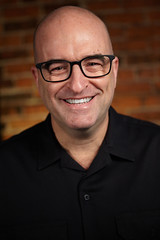 About the Interviewer
About the Interviewer
Greg Bennick (www.gregbennick.com) is a keynote speaker and long time coin collector with a focus on major mint error coins. Have ideas for other interviewees? Contact him anytime on the web or via instagram @minterrors.
To watch the complete video, see:
Ron Gillio Interview
(https://archive.org/details/rongilliointerviewvideo)
To read the complete transcript, see:
Ron Gillio Interview (Transcript)
(https://archive.org/details/gilliointerviewtranscript2)
To read the earlier E-Sylum article, see:
RON GILLIO INTERVIEW, PART ONE
(https://www.coinbooks.org/v26/esylum_v26n41a11.html)
RON GILLIO INTERVIEW, PART TWO
(https://www.coinbooks.org/v26/esylum_v26n42a17.html)
RON GILLIO INTERVIEW, PART THREE
(https://www.coinbooks.org/v26/esylum_v26n43a18.html)
KRAUSE LEGACY PARK DEDICATION (PEARL)
Sandy Pearl submitted this report on the Krause Legacy Park Dedication. Thank you! -Editor
I attended the Chester L Krause Legacy Park dedication on October 13, 2023. The date was selected as it was the published date of the initial issue of Numismatic News - October 13, 1952. The park was dedicated by the Village of Iola Wisconsin, headquarters of Krause Publications, in memory of Mr. Krause's (see photo below) service to his community and to mankind.
For those unfamiliar with Mr. Krause, he was the creator, owner and publisher of Numismatic News and owner of Krause Publications which published numerous other hobby magazines and hundreds of books. Numismatic News was the initial building block of Krause Publications. Krause Publications included old car magazines which also led to him establishing the annual old car show in Iola Wisconsin and one of the largest such shows in the nation. When he decided to retire, he set up an Employee Stock Option Plan so his employees could own their employer.
Beyond publishing, Mr. Krause (who preferred to be called just plain Chet
) was a leader in the numismatic community, in the charitable community and in the community where he lived all his life as well as our nation. He heavily contributed his efforts and financial support to the American Numismatic Association and numerous other collector organizations. He was instrumental in in establishing the Numismatic Ambassador Award – an award for numismatic leaders nominated by and voted on by fellow collectors. He also contributed his efforts and resources to medical, social. educational, civic and other organizations. He was a humble but highly regarded philanthropist.
Mr. Krause was selected and highly deserved to receive nearly every service and other award given by the major numismatic organizations before he passed away in 2016.
I flew into Appleton Wisconsin on the 12th and drove to Iola for the 13th dedication. Before the dedication I had lunch at the Crystal Café. As advised by Clifford Mishler, their pie was worth the trip by itself. While at the cafe I met Tom Uram, American Numismatic Association (ANA) President, and Mitch Ernst, Central States Numismatic Society (CSNS) President, and we discussed a variety of numismatic subjects. As a remembrance, we recreated the scene, see below, where Clifford Mishler and David Harper have their traditional Thursday lunches under Mr. Krause's photograph.
After lunch I attended the dedication being held in the Iola Historical Society's Machine Shed Museum/Exhibition Building as it was raining the entire day.
Clifford Mishler, President of the society and ANA Past-President, was the Master of Ceremony. The dedication was attended by representatives of Mr. Krause's family, the dedication committee, Iola's Board of Trustees, past Krause Publications employees, the numismatic and old car communities, the VFW (Mr. Krause was a WWII veteran), the Iola-Scandinavian High School band (who performed the National Anthem and other music), numerous charities supported by Mr. Krause and 225 people from the general community (see photos below).
Clifford Mishler, past CEO of Krause Publications, and David Harper, past editor of Numismatic News and Village of Iola Trustee participated in the dedication.
The dedication included presentations from Iola officials, charity and collector communities. A flag was presented by the VFW for the park flagpole. Mr. Krause's niece provided a response for the Mr. Krause's family.
After the presentations the Mr. Mishler unveiled the park sculpture of Mr. Krause created by Eugene Daub. The sculpture will be installed at the park.
After the dedication I drove back to Appleton and flew home on the 14th. I was honored to attend the dedication honoring a truly nice and impressive hobby and civic leader.
To read a Numismatic News article by Bob Van Ryzin, see:
New Legacy Park Dedicated to Chester L. Krause
(https://www.numismaticnews.net/us-coins/new-legacy-park-dedicated-to-chester-l-krause)
KRAUSE LEGACY PARK DEDICATION (REICHENBERGER)
Jeff Reichenberger also submitted a report on the dedication. Thanks! -Editor
The dedication ceremony of the Chester L. Krause Legacy Park took place on October 13 in Iola. It was intended to be held on the park grounds but Mother Nature had other ideas, as an all-day cold rain slanted down unmitigated. Fortunately, a plan B was in place and the ceremony was moved indoors to one of the Iola Historical Society's out buildings. Though the facility was spacious, every square foot seemed occupied by those touched by Chet's generosity. Members of the Numismatic community, Old Car Show enthusiasts, Chet's chosen charity organizations, and of course the Village of Iola, which were all so greatly impacted by his philanthropy.
Clifford Mishler was the master of ceremonies and began with fifteen minutes of his observations about his former boss, who quickly became a trusted colleague and friend. Noting that the date of the ceremony (which happened to be Friday the 13th on this day), was the anniversary of the cover date of the first issue of Numismatic News, October 13, 1952, the foundation block of Chet's publishing empire.
After the National Anthem, performed by the Iola-Scandinavia High School Band, came the Proclamation of Chester L. Krause Day in the Village of Iola. David Harper, long time employee and editor of Numismatic News, and now the Trustee of the Village of Iola read the proclamation which summarized Chet's life and philanthropic ideals, declaring from this day forward, October 13th will be known as Chester L. Krause day in Iola – followed by a great round of applause from the grateful audience.
Then Cliff introduced speakers from organizations affected by Chet. President of the American Numismatic Association, Tom Uram, talked about Chet's numismatic legacy, which is so extensive that it is impossible to measure. He noted that in 1977, Chet received the ANA Farren Zerbe service award – the ANA's highest honor - and that in 2022, that award has been re-named the Chester L. Krause service award, which serves as a testament to Chet's far-reaching impact on the numismatic community.
Ken Nimocks, representing the Society of Automotive Historians, next talked about the Iola Old Car Show, which Chet started in 1972 and from humble beginnings, is now one of the largest car shows in the country. Last year over 130,000 people attended, enjoying some 2500 show cars and 4000 swap spaces. USA Today ranked the 10 best car shows in the country in 2023, and Iola was #4! Which is astounding, when you consider the small population of Iola and surrounding area, compared to other shows on the list; Los Angeles, Louisville, St. Paul, and the Mississippi Gulf Coast.
Charities that were recipients of Chet's generosity had representatives in attendance. Rawhide Youth Services founder John Gillespie first spoke about his association with Chet, and then the current CEO Alan Loux spoke about the growth of the organization and how many young people they serve and how it could not have been possible without Chet's financial support. The Marshfield Clinic was also heavily supported by Chet. Resource Development Officer, Terri Wilcheck spoke about a capitol campaign they launched known as Chet's Challenge to build off Chet's donations and support the Center for Medical Research at Marshfield Clinic. She paraphrased something Chet once told her, he said, I've been lucky enough to accumulate some wealth, and I want to see something good done with it
.
Village of Iola President, Jennifer Schustek, spoke to the fact that it's hard to put into words how one man can impact a community through kindness and generosity, but Chet did just that. She noted Chet's outreach in so many ways, and concluded by saying, Thank you Mr. Iola
!
Chet's niece, Patti (Krause) Dickhut, represented Chet's family and thanked the Iola community and all those who put together the Legacy Park project. She spoke with heartfelt emotion and emphasized that the Iola community reciprocated back to Chet and his family all the love and support they could ask for and they were very grateful.
The unveiling of the bronze statue followed the speakers to a rousing round of applause. The statue was created by nationally known sculptor Eugene Daub, whose works can be seen in over 40 parks and monuments across the United States, including a sculpture of Rosa Parks in the U.S. Capitol building. Daub captured a fine likeness of a youthful Chet Krause examining a large coin or medal in his hand.
John and Nancy Wilson collected signatures for an archival program and there was a table set up with free literature. Various Short Snorters
were offered for all those in attendance to sign. This reporter happily signed the Numismatics Snorter
.
The ceremony concluded with the Iola-Scandinavia High School band playing the song For Those Who Served
as a recessional tribute, and Clifford punctuated the day reminding everyone of Chet's personal motto, Some say, give until it hurts; I say, give until it feels good.
What a great event! Sorry I wasn't there. So nice to see such a large turnout for such a humble, generous soul. -Editor
To read a Numismatic News article by Bob Van Ryzin, see:
New Legacy Park Dedicated to Chester L. Krause
(https://www.numismaticnews.net/us-coins/new-legacy-park-dedicated-to-chester-l-krause)
ATLAS NUMISMATICS SELECTIONS: OCTOBER 29, 2023
Atlas Numismatics has updated their website with 409 new coins, medals, and tokens at fixed prices. Selections include the following items: -Editor
1076406 | BYZANTINE. Valens. (Emperor, 364-378 AD). Struck 367 A.D. AV Solidus. NGC MS? (Mint State ?) Strike 5/5 Surface 4/5. Constantinople Mint. 4.37gm. D NVALENS - DFAVC. Pearl-diademed, draped, and cuirassed bust, right / RESTITVTOR - REIPVBLICAE. Valens standing left, head ro right, holding labarum with cross and crowning victoriola; CONS (wreath) in exergue. RIC-3D.2; Depeyrot-20/2.
Ex North American Collection, CNG - Triton XI (January 2008) Lot 1009. Includes old auction ticket.
$8,500
To read the complete item description, see:
https://atlasnumismatics.com/1076406/
1076561 | AUSTRIA. Leopold I. (Holy Roman emperor, 1657-1705). 1661 ca AV 5 Ducats. NGC MS63. Vienna. 17.4gm. LEOPOLDVS DG R.... Laureate bust right / ARCHD · AVS · D · BVR · COM · TIRO. Crowned imperial eagle. KM A1203; Fr.- 262.; Herinek 85.
Ex Millennia Collection – Lot 486; Ex Goldberg's Auction 59 (30 May 2010) Lot 2614.
This coin was also illustrated in the book, "Money of The World" (Coin #96).
$89,500
To read the complete item description, see:
https://atlasnumismatics.com/1076561/
1076337 | DENMARK. Christian IX. 1863 HC-RH//FK AR 2 Rigsdaler. PCGS PR65. Copenhagen. Head right / Head right. KM 770; Dav.-78; Hede.-3; Sieg.-4.
Frederik VII Death and Accession of Christian IX.
Ex Mark and Lottie Salton Collection. Includes original collector's envelope.
$5,950
To read the complete item description, see:
https://atlasnumismatics.com/1076337/
1076053 | GERMAN STATES. Augsburg. 1755 AR Medal. PCGS SP63. By G. F. Loos. 14.69mm. 37.7gm. Allegorical figure of Religion steering a boat and holding open a book and flag with ChiRho; a dove of peace to left and city fortifications to right / Legend on seven-lines; date below. Whiting 506; Erlanger 2215; Plato 180.
On 200 years of religious peace in Augsburg.
Includes original collector's ticket.
$795
To read the complete item description, see:
https://atlasnumismatics.com/1076053/
1076155 | GREAT BRITAIN. England. James II. (King, 1685-88). 1685 AR Coronation Medal. NGC MS64. By J. Roettier. Edge: Plain. 34mm. IACOBVS · II · D · G · ANG · SCO · FR · ET · HI · REX. Laureate bust, right / A · MILITARI · AD · REGIAM · (From the military to the royal crown); in exergue, INAVGVRAT · 23 · AP/ 1685. Hand of God holding crown above laurel wreath resting on pillow. Eimer 273; MI 605/5.
For the coronation of James II.
$5,950
To read the complete item description, see:
https://atlasnumismatics.com/1076155/
1076522 | GREAT BRITAIN. England. William and Mary. (Monarchs, 1689-1694). (1691) ND AV Medal of 20 Ducats Weight. PCGS SP63. By Daniel Drappentier. Edge: Lettered. 47mm. 72.01gm. Conjoined and draped laureate busts, right / The King enthroned holding a Chi Rho staff in a classical setting receiving readings from those gathered around. MI-19/186.
Literary award medal struck for presentation to those having composed celebratory poems of the monarch's voyage to England and their coronation . Exceedingly rare type.
Ex. Dr. Werner Koch Collection and Ex Coenen Collection.
$97,500
To read the complete item description, see:
https://atlasnumismatics.com/1076522/
1076342 | ITALIAN STATES. Pisa. Federico I. (Repubblica di Pisa, 1155-1312). (1155-1312) ND AR Grosso. NGC MS63. 1.67gm. +IMPERATOR•. Two flowers to either side of "F" monogram / +S MAR• D' PISIS. Madonna and child; star to left; all within inner circle. Biaggi 1933; MIR 394/4.
Struck in the name of Frederick I. Currently one finest known at NGC as of October 2023
Ex Mark and Lottie Salton Collection. Includes original collector's envelope.
$2,250
To read the complete item description, see:
https://atlasnumismatics.com/1076342/
1076357 | SPAIN. Philippines. Isabella II & Alfonso XII. 1895 AR Medal. PCGS MS61. By Melecio Figueroa. Edge: Plain. 40mm. 37.55gm. EXPOSICION REGIONAL DE FILIPINAS// *MANILA 1895*. Conjoined busts of the Queen and the young King, right; signed M.F. below / Allegorical figure of Progress crowning a seated man with a laurel; exhibition center in background. Honeycutt 37; Basso.-714.
For the 1895 regional Expo at Manilla.
$4,450
To read the complete item description, see:
https://atlasnumismatics.com/1076357/
Updates to their online inventory are issued monthly.
For more information and to sign up for the firm's monthly newsletter, visit: atlasnumismatics.com .
WBNA JAMAICAN BANKNOTE HIGHLIGHTS
Here are a number of highlights from the World Banknote Auctions sale of the Isabella Chang Fong & Ian Marshall Collection of Jamaican Banknotes. "IM Commentary" are notes from consignor Ian Marshall. Bibliophiles take note - a print version of the catalog, sure to be an important reference, is available. -Editor
World Banknote Auctions has now launched Isabella Chang Fong & Ian Marshall Collection of Jamaican Banknotes at www.worldbanknoteauctions.com. The most advanced collection of Jamaican paper money ever offered at public auction, this sale takes place on Thursday, November 3rd, at 1 PM EDT / 10 AM PDT. Our bidding platform can be accessed directly by going to bid.worldbanknoteauctions.com or through our mobile apps. This sale will be broadcast live on our website, with live bidding, accessible anywhere in the world. Bids can also be placed prior to the auction.
Please note that since a printed catalog was prepared a 20% buyer's premium applies to this sale.
Lot 8229: Jamaica, Receiver-General's Office Kingston ND (ca. 1820s) PMG Choice UNC 63 10 Pounds (Proof)
Quite arguably one of the most important items in this collection, and an example of the earliest paper money for Jamaica, and also the first paper money specifically for use in the British West Indies. In 1822, an issue of certificates was authorized by order of the House of Assembly to ease financial transactions on the island. Denominated in Pounds, a total of 100,000 Pounds was issued in denominations of 5 Pounds, 10 Pounds, 20 Pounds, 50 Pounds, and 100 Pounds. They were recalled just a few years later, in 1824, and replaced by a new series of the same denominations. In 1846 just 1,994 Pounds remained outstanding from these first issues of Jamaica currency. In 1840, another issue was prepared (see the next lot). However, as commercial banks were authorized to issue in December of that year, the next series was never issued.
The 1822 series was printed by Perkins & Heath in London. A uniface design is seen, similar to contemporary English issues, but with a small crocodile at left giving it a local feel. The notes were issued by the "Receiver-General's Office Kingston" and entitled the bearer to receive a stated sum from the public treasurer. Upon issue, the notes were to be signed by several members of the Commissioners of Public Accounts.
This is a wonderful and extremely rare Proof from this very first series of banknotes for Jamaica. Some minor stains (due to it having been mounted) are seen on the back, but the overall appearance is strong. The paper is fresh for being over two centuries old and is free from writing, holes, or other problems. Not surprisingly, this is the only note of this series in the PMG population report. A museum-quality item that belongs in every serious collection of banknotes from Jamaica or in a collection focusing on the early monetary history of the British West Indies. PMG mentions "Minor stains".
IM Commentary: No issued examples known to exist of this series of any of the five denominations issued. This 10 Pound Proof is one of two known existing Proofs for this issue, the other being a 100 Pound. An exceptional item of the highest rarity.
To read the complete lot description, see:
Jamaica, Receiver-General's Office Kingston ND (ca. 1820s) PMG Choice UNC 63 10 Pounds (Proof)
(https://bid.worldbanknoteauctions.com/lots/view/4-B60DXM/jamaica-receiver-generals-office-kingston-nd-ca-1820s-pmg-choice-unc-63-10-pounds-proof)
Lot 8230: Jamaica, Islands Treasury ND (ca. 1840s) P-S111p / B011 PMG About UNC 55 50 Pounds (Proof)
Another issue of certificates was prepared in 1840 to be issued later that year. Similar in design to earlier issues, the establishment of several commercial banks in Jamaica in 1839 and 1840 deemed this issue unnecessary. In fact, 1840 was an important year in Jamaica's financial history as it abolished the use of Spanish coinage (apart from the doubloon, which remained legal tender until the early 20th century) and exclusively made British Sterling the currency of the island.
This series was again printed by Perkins & Heath in London, and no issued examples are known to exist (in fact, this series was likely never released into circulation). The 50 pound denomination seen on this Proof would have tremendous purchasing power in Jamaica at the time of issue. Even if this were issued, it is unlikely that many of the local population would ever have seen a banknote such as this. Mounting remnants typical for Proofs are seen, but the grade assigned by the grading service is perhaps a bit harsh, as there are no folds, and the eye-appeal is excellent. As many catalogers of rarities have stated before we must ask the question "Where are you going to find another one?" A tremendous item of the highest rarity destined for the finest collection of the British West Indies. PMG mentions "With 'Specimen' Overprint".
IM Commentary: It is unclear why this issue of notes was prepared, and it is likely that they were never issued due to the recall of all the Island Certificate Issues. It seems unlikely that Pick S101 to S105 exists and could be a mistaken attempt to catalog the previous lot. Proofs for a 1 Pound, 2 Pound, 4 Pound and 100 Pound are also known.
To read the complete lot description, see:
Jamaica, Islands Treasury ND (ca. 1840s) P-S111p / B011 PMG About UNC 55 50 Pounds (Proof)
(https://bid.worldbanknoteauctions.com/lots/view/4-B60DXO/jamaica-islands-treasury-nd-ca-1840s-p-s111p-b011-pmg-about-unc-55-50-pounds-proof)
Lot 8005: Jamaica 1918 P-30 / B103a PMG Fine 12 10/- Shillings
C.C. Anderson signature. While the 10/- Shillings denomination of this series has had a handful of auction results over the past decade, all are with the second signature variety. Until now just a single piece with the C.C. Anderson signature was believed to exist, but we are excited to add this piece as the second of the known 10/- Shillings with this signature. As you can read from Ian's commentary this note is a major rarity and is surely missing from even the most advanced Commonwealth collections. This evenly circulated note is intact with even circulation and just has some grade-limiting rust that is worth mentioning. The color is strong, and the paper quality appears above average for the technical grade. A massively important opportunity and without a doubt one of the highlights of the sale. PMG mentions "Rust".
IM Commentary: The last addition to the collection! A note we have spent 30 years looking for after failing to buy in auction the only other known issued piece, not, at the time, realizing the rarity. Likely printing 200,000 notes? The only other example also has the A/1 prefix, but no examples with this or the next signature are known with the A/2 prefix, so it is possible the printing was less. There is an outside possibility this denomination exists with the signature of W.B. Isaacs, but it has never been seen or even rumored to exist.
To read the complete lot description, see:
Jamaica 1918 P-30 / B103a PMG Fine 12 10/- Shillings
(https://bid.worldbanknoteauctions.com/lots/view/4-B60DL6/jamaica-1918-p-30-b103a-pmg-fine-12-10-shillings)
Lot 8014: Jamaica 1918 PMG 5/- Shillings (Front and Back Artist's Rendition)
A unique front and back artist's rendition for an unissued 5/- Shillings that dates back to the early 1930s and was produced by Thomas de La Rue in an effort to win the printing contract for the new series of notes. Very similar in design to the issued notes printed by Waterlow & Sons, but with some key differences. The most notable difference is the angle of the coat of arms and the portrait of King George V on the front. This and the next lot are some of your cataloger's favorite items in this collection and provide some rarely seen insight into the banknote design process. Not graded by PMG but overall well preserved.
IM Commentary: Very beautiful and desirable trails that have an unidentified signature for the Island Treasurer.
To read the complete lot description, see:
Jamaica 1918 PMG 5/- Shillings (Front and Back Artist's Rendition)
(https://bid.worldbanknoteauctions.com/lots/view/4-B60DLO/jamaica-1918-pmg-5-shillings-front-and-back-artists-rendition)
Lot 8221: Jamaica 1960 (ND 1964) P-52acf / B207bx VF 5 Pounds (Contemporary Counterfeit)
Prefix JF. A contemporary counterfeit that was clearly passed as a genuine note at some point. Interestingly, the serial number and signature match to genuine notes, so it is likely that this was directly copied from a note taken from circulation. Quite curious and interesting as such. An article in the Kingston Daily Gleaner of September 2nd, 1966 describes this counterfeit and there creation thereof and attempts to pass this as genuine in commerce. Not surprisingly, it failed, and several people were arrested. The printed catalog contains newspaper clippings highlighting this counterfeit's story.
To read the complete lot description, see:
Jamaica 1960 (ND 1964) P-52acf / B207bx VF 5 Pounds (Contemporary Counterfeit)
(https://bid.worldbanknoteauctions.com/lots/view/4-B60DX6/jamaica-1960-nd-1964-p-52acf-b207bx-vf-5-pounds-contemporary-counterfeit)
Lot 8253: Jamaica, Bank of Nova Scotia 2.1.1900 P-S132as / B062as PMG Gem UNC 65 EPQ 5 Pounds (Specimen)
Fully printed specimen for the first date of the rare 5 Pound of the Bank of Nova Scotia issue. With issued notes essentially non-collectible, this specimen would make for an excellent replacement, especially at this grade level. Strong original paper and eye-appeal are seen on this example, which would make it an excellent representative for this seldom seen type.
To read the complete lot description, see:
Jamaica, Bank of Nova Scotia 2.1.1900 P-S132as PMG Gem UNC 65 EPQ 5 Pounds (Specimen)
(https://bid.worldbanknoteauctions.com/lots/view/4-B60DYY/jamaica-bank-of-nova-scotia-211900-p-s132as-pmg-gem-unc-65-epq-5-pounds-specimen)
Lot 8363: Jamaica, Colonial Bank 1.10.1898 P-S171 / B043c PMG Choice Fine 15 1 Pound
Plate note SCWPM specialized 12th edition. Fully issued example of this late 19th century 1 Pound note, which utilizes the same design as it did throughout most of the 19th century. Issued notes from the Colonial Bank, regardless of issuing branch, are extremely rare. We have identified perhaps two dozen fully issued pieces for all the different offices of the Colonial Bank around the Caribbean, with most of those from the Barbados branch, which was the primary note-issuing branch throughout most of the 19th century. Archival records show that the bank was meticulous in systematically withdrawing notes from circulation, and the number of outstanding pieces is minimal. With the 100th anniversary of the establishment of Barclays Bank (DCO) approaching it is unlikely that many issued Colonial Bank pieces are waiting to be discovered. PMG mentions "Minor rust".
IM Commentary: A nice issued piece and very rare. One of five known dates for the Jamaica issue and the Pick plate note. The other dates seen are 1885, 1896, 1902 and 1903.
To read the complete lot description, see:
Jamaica, Colonial Bank 1.10.1898 P-S171 / B043c PMG Choice Fine 15 1 Pound
(https://bid.worldbanknoteauctions.com/lots/view/4-B60E5Q/jamaica-colonial-bank-1101898-p-s171-b043c-pmg-choice-fine-15-1-pound)
Lot 8364: Jamaica, Barclays Bank 1.9.1926 P-S142r PMG Gem UNC 65 EPQ 5 Pounds (Remainder - Low S/N 1)
Perforation cancelled. The next denomination, again with serial number 1 and approval signature at upper right. The 1926 series features the printed signature of E.W. Lucie-Smith as Manager. He was the first director of the Jamaica branch of Barclays, a position which he held for a short period. He would pass away a few years later, in 1929. The notes printed for the Jamaica branch are similar to other branches, but as the Pound Sterling was the official currency of the island, they are not denominated in Dollars as seen elsewhere. This example presents exceptionally well, with strong color and originality seen on both sides. A wonderful rarity and an exceptional opportunity for the specialist.
IM Commentary: Serial Number 1 note that was cancelled and placed in the printer's archives. No other issued notes are known of this date and denomination.
To read the complete lot description, see:
Jamaica, Barclays Bank 1.9.1926 P-S142r PMG Gem UNC 65 EPQ 5 Pounds (Remainder - Low S/N 1)
(https://bid.worldbanknoteauctions.com/lots/view/4-B60DZR/jamaica-barclays-bank-191926-p-s142r-pmg-gem-unc-65-epq-5-pounds-remainder-low-sn-1)
Lot 8265: Jamaica, Barclays Bank 1.9.1926 P-S143r PMG Gem UNC 65 EPQ 10 Pounds (Remainder - Low S/N 1)
Perforation cancelled. The third of this exceptional trio of serial number 1 notes. Like the previous two notes seen with the signature on the upper right, this was perhaps done as part of the cancellation process. We have seen this example on other notes with ordinary serial numbers that were the first of the printing run. It appears that in some instances (but not always) the first note of a print run was cancelled and retained in the archives. They are different from specimens, and in our opinion, these are the first notes printed for the issue and true serial number 1 notes. This is another lovely Gem Uncirculated example of this extremely rare issue that is otherwise only known by a small number of specimens and proofs.
IM Commentary: Serial Number 1 note that was cancelled and retained in the Bradbury, Wilkinson & Co. archives. This is the only known example of this issue with an issued serial number
To read the complete lot description, see:
Jamaica, Barclays Bank 1.9.1926 P-S143r PMG Gem UNC 65 EPQ 10 Pounds (Remainder - Low S/N 1)
(https://bid.worldbanknoteauctions.com/lots/view/4-B60DZV/jamaica-barclays-bank-191926-p-s143r-pmg-gem-unc-65-epq-10-pounds-remainder-low-sn-1)
Consignment Director Ryan Baum adds:
"As this was the most complete set, the auction catalog will likely serve as a reference for Jamaica collectors. We still have a few copies left and interested parties may request a copy free of charge by emailing with their mailing address to info@worldbanknoteauctions.com."
For more information, or to bid, see:
World Banknote Auctions Isabella Chang Fong & Ian Marshall Collection of Jamaican Banknotes
(https://www.worldbanknoteauctions.com/auctions/world-banknote-auctions-isabella-chang-fong-ian-marshall-collection-of-jamaican-banknotes/)
KUENKER AUCTIONS 395-397, PART 3
Künker will hold five auction sales in November. Here's the second part of the press release detailing highlights of sales 395-397. -Editor
Orders and Decorations from Important Private Collections
Künker will kick off its Winter auction week with a spectacular sale of spectacular objects. On 13 November, auction 395 offers orders and decorations from several important special collections in addition to some outstanding individual pieces.
The auction will begin with a major collection of Prussian orders and decorations from the Rhineland. It contains a total of 287 lots, including numerous particularly rare objects, some of which have not been seen on the market for decades. The focal point is on the Prussian Order of the Red Eagle prior to 1918. With the help of the expertise of the doyen of Prussian phaleristics, Dr. Peter Sauerwald (1936-2022), the collector built up a systematic collection of these decorations and also gathered documents that testify to their bestowal of a kind that can hardly be found on the market.
The second part of the auction consists of the estates of offshoots of the ducal House of Württemberg and the royal house of Bulgaria. The offer goes beyond impressive orders such as a great cross set of the Bulgarian St. Alexander
Order with jewels and a neck decoration of the Austrian Order of the Golden Fleece to also include numerous medals such as a gold medal, of which only two specimens were created on the occasion of the completion of the railroad line from Yambol to Burgas in 1890 – one for the Prince of Bulgaria and one for his mother. The latter has been lost.
The third part of the sale presents an ensemble of world orders and decorations that were awarded to members of the French family de Fauque de Jonquières.
The fourth part of the auction contains orders and decorations from various estates with a focal point on the German states. But there are also extremely rare pieces from the Russian Empire on offer.
No. 16: Prussia. Pour le mérite
order (1740). Cross of the order in the version issued from 1917 to 1918. II. Estimate: 7,500 euros
No. 25: Prussia. Order of the Red Eagle. 1st version (so-called great order of the red eagle
– 1792-1810). Extremely rare. II. Estimate: 15,000 euros
No. 74: Prussia. Order of the Red Eagle. 5th version (1854-1918). Extremely rare. I-II. Estimate: 12,500 euros
No. 295: Order of the Württemberg Crown (1818). From the estate of Field Marshal Albert Duke of Württemberg (1865-1939). II. Estimate: 3,000 euros
No. 323: Bulgaria. Large gold medal commemorating the completion of the railroad line between Yambol and Burgas of 14 May 1890. The second known specimen. About FDC. From the estate of Tsar Ferdinand I. I-. Estimate: 50,000 euros
No. 324: Bulgaria. St. Alexander
order (1881). From the estate of Eleonore, since 1908 the wife of Tsar Ferdinand I. II. Estimate: 20,000 euros
No. 345: Austria. Order of the Golden Fleece. From the estate of August Duke of Saxe-Coburg-Koháry (1818-1881). Very rare. II-III. Estimate: 15,000 euros
No. 437: Russia. Imperial Order of St. Andrew the Apostle the First-Called. Collar set. Very rare. I-II. Estimate: 150,000 euros
Following Künker's Winter public sales, on 17 and 18 November 2023 the two eLive Premiums Auctions 398 and 399 will be held.
To order a catalog contact Künker, Nobbenburger Straße 4a, 49076 Osnabrück; phone: +49 541 / 962020; fax: +49 541 / 9620222; or via e-mail: service@kuenker.de. You can access the auction catalogs online at www.kuenker.de. If you want to submit your bid from your computer at home, please remember to register for this service in good time.
To read the earlier E-Sylum articles, see:
KUENKER AUCTIONS 395-397, PART 1
(https://www.coinbooks.org/v26/esylum_v26n42a22.html)
KUENKER AUCTIONS 395-397, PART 2
(https://www.coinbooks.org/v26/esylum_v26n43a22.html)
TOM'S NUMISMATIC DIARY: OCTOBER 29, 2023
Last Tuesday, October 17th, I attended the monthly meeting of my Northern Virginia Numismatic Social group, Nummis Nova. Member Tom Kays kindly provided this nicely illustrated account of the evening. Thank you! I didn't manage to get it into last week's issue, but here goes. Some great numismatic material went around the table. -Editor
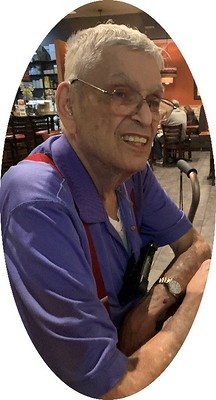 Nummis Nova assembles anew at Kob Kum Thai Cuisine Restaurant in Oakton, Virginia. Here are Eric, Jon, Jonas (guest), Lorne, Steve, Daryl (our host), Wayne, Kellen (guest), Roger, and Mike. Seating designed for efficient discussion proved so cozy that just out of picture are Tom (behind the camera) and Julian hanging onto the edge of the extra table we discovered and appropriated from storage at the back of the restaurant.
Nummis Nova assembles anew at Kob Kum Thai Cuisine Restaurant in Oakton, Virginia. Here are Eric, Jon, Jonas (guest), Lorne, Steve, Daryl (our host), Wayne, Kellen (guest), Roger, and Mike. Seating designed for efficient discussion proved so cozy that just out of picture are Tom (behind the camera) and Julian hanging onto the edge of the extra table we discovered and appropriated from storage at the back of the restaurant.
The public has got to wonder what this unusual bunch is up to as they pass around strange talismans in hushed tones and speak in numismatic tongues. Arcane and obscure incantations like Trihemitetratemorion
were spoken, while looking at tiny squares of cardboard with nearly invisible silver dots in the center, hailing from the very dawn of coinage itself. Large brass disks with fantastic designs resembling cave entrances in rock, and small bamboo talismans inscribed with oriental characters in plain, vanilla envelopes passed hand-to-hand, as tales of cultural significance invoked by their bringers, were debated by these hungry numismatic oracles, already feasting upon Thai-spicy oriental appetizers. Other diners must have felt the powerful magic of this coven and wisely kept distant from us.
In the quest to bring something new to these dinners to impress Nummis Nova potentates a Flying Eagle cent was offered up. ‘Ho Hum' you say? ‘Seen that' you say?
Did I mention it was dated ‘1856' making it one of approximately one thousand minted? Impressed yet? Did I mention it was graded Proof-65, Brown, by PCGS? You might be a little impressed now, but wait…did I mention it was a pattern cent of the variety: Judd-181, Pollock-211, a ‘Snow-1' die variety with tilting ONE CENT
reverse with about ten examples known? Did I mention it was a prototype struck in copper, not copper-nickel, being only the second known? This was a ‘discovery piece' and likely one of the first die trials of the Flying Eagle design. OK, now even Nummis Nova regulars were impressed.
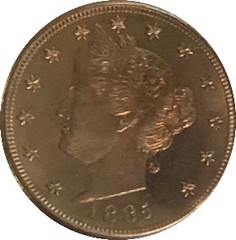 Also seen and admired were the brand new, Fall 2023 edition of the C4 Newsletter (it reaches east coasters before west coaster by mail); a pair of silver 1/48th Staters from the Lydian Kingdom (circa 564-539 BCE), and Ionia, Miletos (circa 550 – 496 BCE); a British medal by Ron Dutton, his Moon Cloud Strike in patinated bronze, (an abstract design of bird wings, lunar shapes and clouds); a 1987 British medal by Derek Morris, In Praise of Limestone in patinated bronze (celebrating the rock in the Yorkshire Dales and Cotswolds); an early 20th century uniface bronze German medal of Ella Heintz, presumably by Hans Schwergle; the current auction catalog of Vente Aux Encheres Numismatique (A Collection of a Gentleman) by MDC in Monaco; and a selection of US type coins in outstanding, uncirculated condition, not yet slabbed, including a key date 1885 ‘V' Nickel, 1916 and 1930 quarter dollars, and toned Morgan and Peace dollars.
Also seen and admired were the brand new, Fall 2023 edition of the C4 Newsletter (it reaches east coasters before west coaster by mail); a pair of silver 1/48th Staters from the Lydian Kingdom (circa 564-539 BCE), and Ionia, Miletos (circa 550 – 496 BCE); a British medal by Ron Dutton, his Moon Cloud Strike in patinated bronze, (an abstract design of bird wings, lunar shapes and clouds); a 1987 British medal by Derek Morris, In Praise of Limestone in patinated bronze (celebrating the rock in the Yorkshire Dales and Cotswolds); an early 20th century uniface bronze German medal of Ella Heintz, presumably by Hans Schwergle; the current auction catalog of Vente Aux Encheres Numismatique (A Collection of a Gentleman) by MDC in Monaco; and a selection of US type coins in outstanding, uncirculated condition, not yet slabbed, including a key date 1885 ‘V' Nickel, 1916 and 1930 quarter dollars, and toned Morgan and Peace dollars.
Steve Bishop writes:
"Among other things, I brought a nicely toned 1885 Liberty V nickel. Had a good discussion with Daryl Haynor about whether it was a business strike or a proof. Daryl finally concluded, after looking at the pictures I sent him, that is was a proof. A shame, since a business strike in nice condition is worth considerably more that a proof, despite the proof's lower mintage."
Lastly, here is an ephemeral ‘whatchamacalit' tendered after the Civil War (no longer to be termed a sutler item?) from a clothing establishment that catered to returning soldiers with empty pockets, needing civilian clothes and owed Army backpay.
This is a pre-printed paymaster ticket by H. K. Dickinson & Co., Clothier in Jackson City, Michigan to Paymaster U. S. A., for Michigan soldiers to sign away money due them from the Government after mustering out of the U. S. Army at the end of the Civil War. The U.S. Army offered a bonus of $100 for joining and $16 per month in 1865. With the war winding down the signing bonus must have been attractive.
Theodore Franklin of Eaton County, Michigan enlisted in Company K, 10th Michigan Cavalry (about a month before the end of the war) at Rives on March 6, 1865 for a one-year enlistment at 21 years old. It took him two months to report for duty, joining his regiment in Lenoir, Tennessee on June 28th, 1865 (nearly two months after the war had ended). He was mustered out at Memphis, Tennessee on November 11, 1865, and five days later had made his way back to Michigan. Shopping at H. K. Dickinson & Co., Clothier he spent a months' pay on November 16th, by signing a pre-printed pay slip against his $150 U.S. Army enlistment bounty and back pay. He endorsed the payment as follows:
As always, Nummis Nova discussions ranged far and wide, high and low, from the beginning of coinage to what happened last week, and most importantly, how much importance should be placed on all the little chili pepper icons trailing after each Thai Restaurant dish listed on the menu.
THURSDAY LUNCH CLUB REPORT OCTOBER, 2023
Regarding the New Jersey "Thursday Lunch Club" group of colonial numismatics mavens, Ray Williams writes:
"On Thursday October 12th we met for lunch but three of us couldn't attend. It's a shame when health, jobs and jury duty make demands on our hobby time! But it gives the rest of us an opportunity to trash talk them in their absence! Only kidding! Those able to attend were Mike Brooks, Bill Liatys, Leo Shane, Roger Moore and myself, of course. I'm attaching some images of items brought for show n tell."
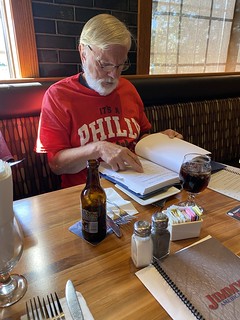
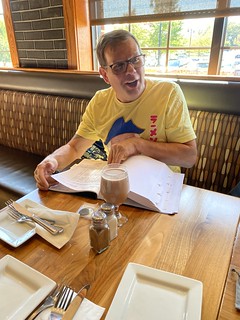
LEFT: Leo Shane checking out the Freeman manuscript
RIGHT: Mike Brooks with the Harley Freeman manuscript
Ray adds:
"The Samuel Nicholas signature is that of the very first commandant of the Marines, Nov 10, 1775."
Thanks, Ray! Great material! -Editor
To read the earlier E-Sylum article, see:
THURSDAY LUNCH CLUB REPORT JULY, 2023
(https://www.coinbooks.org/v26/esylum_v26n32a28.html)
HERA ON ANCIENT COINS
Mike Markowitz published a new article on CoinWeek about Hera, Queen of the Gods. Here's an excerpt - see the complete article online. -Editor
HERA WAS REVERED as a protector by many Greek cities, and subsequently they tried to represent her surpassing beauty on their coins. While not as common on coins as the goddess of love Aphrodite, the nature goddess Artemis, or the war goddess Athena, Hera appears on dozens of different coin types. Her signature attributes are the polos, a decorated pillbox hat, or the stephanos[2], a sort of crown or tiara. She is sometimes depicted veiled
, with a fold of her garment draped over her head. Hera's companion animals were the cow, the cuckoo, and (especially) the peacock.
Composed in the seventh or possibly sixth century BCE, the so-called Homeric Hymns offer poetic descriptions of ancient Greek deities. Hera is tagged as the queen of the gods, sitting alongside her husband and brother Zeus. It was not a happy marriage, since the randy king of the gods pursued many lovers and fathered numerous offspring.
Samos
The Aegean island of Samos held one of the most ancient and important temples of Hera[8], repeatedly enlarged and rebuilt over the centuries. The temple, which has just one remaining column standing, was designated a UNESCO World Heritage Site in 1992.
Hera figures prominently on Samian coinage, along with the scalp of a lion, which served as an emblem of the island, possibly because the cult image of the goddess had a lion reclining at her feet. Under Roman rule, Samos issued local bronze coinage bearing the head of Hera, with her companion, the peacock, on the reverse.
Argos
The city of Argos in central Greece honored Hera as its patroness. A wistful portrait of Hera wearing the polos appears on a rare silver stater dated to c. 370-350 BCE. Pedigreed to the famous BCD Collection, this coin brought over $50,000 in a 2013 U.S. auction.
To read the complete article, see:
Hera on Ancient Coins – Queen of the Gods
(https://coinweek.com/hera-on-ancient-coins-queen-of-the-gods/)
ANCIENT GREEK COINAGE GOLD PURIFICATION STUDY
A new study looks at ancient techniques of gold purification. -Editor
In a recent study, researchers used ICP-MS to learn new insights into ancient coinage and gold purification techniques are revealed through the analysis of platinum-group elements and gold in silver coins from various ancient civilizations.
Attica and Cyclades coins from ancient Greece are famous for their historical and cultural significance. These coins are unique because of their low gold content, and a team of researchers is using inductively coupled plasma–mass spectrometry (ICP-MS) to analyze them. The team looked at platinum-group elements (PGEs) and gold in 72 silver coins from various ancient civilizations, including Greece, Rome, India, medieval Europe, and colonial Spanish Americas.
ICP-MS was used to measure the concentrations of PGEs and gold in silver coins, providing valuable insights into the coinage and metallurgical techniques of the past. The results of this research offer a fresh perspective on the composition and origin of ancient Greek and Hellenistic coins, as well as those from other ancient cultures. The findings reveal that the behavior of PGEs and gold in these coins is closely aligned with their respective positions in the periodic table, shedding light on the coin production processes employed by various civilizations.
The researchers used quadruple ICP-MS to analyze platinum-group elements such as platinum (Pt), iridium (Ir), ruthenium (Ru), palladium (Pd), and rhodium (Rh). They found distinct patterns in these silver coins. For example, the most volatile elements, such as Rh, were found at or below the detection level, possibly because of evaporation during the smelting and cupellation processes. Meanwhile, for Ru and Irdemonstrated variations in coinage consistent with these properties. The soluble elements Pd and Pt exhibited patterns in the coins that align with their solubility characteristics.
One intriguing discovery was the dichotomy of the Ir:Au ratios, which challenged preconceived notions about salt cementation and its effect on gold. Iridium was believed to be lost in gold during salt cementation, but the ratios indicated that there could be regional variations in ore genesis conditions, such as the chlorinity of hydrothermal solutions.
So what do you think about this article from Spectroscopy? What if I told you that last paragraph says "This article was written with the help of artificial intelligence and has been edited to ensure accuracy and clarity"? -Editor
To read the complete article, see:
New Insights into Ancient Greek Coinage: Exploring Gold Purification Techniques
(https://www.spectroscopyonline.com/view/new-insights-into-ancient-greek-coinage-exploring-gold-purification-techniques)
BRISTOL OLD VIC THEATRE TOKEN
The Bristol Old Vic is the oldest continuously operating theatre in the English speaking world. Silver admission ticket tokens issued in 1766 are still valid, and one of the rare pieces is coming up for auction. Thanks to Dick Hanscom for passing the story along. -Editor
The Bristol Old Vic has vowed to honour a centuries-old policy and provide free tickets for every show to the new owner of a silver token dated to 1766 that is being sold at auction.
Only 50 tokens were minted for the original shareholders at the theatre and entitled the owner to watch every performance.
The Bristol Old Vic was originally known as the Theatre Royal and was built on King Street between 1764 and 1766. It opened on 30 May that year.
The inscription on the token – ticket No 35 – states: The proprietor of this ticket is entitled to the sight of every performance to be exhibited in this house.
The reverse reads: King Street, Bristol Theatre / May 30, 1766.
Fifty original shareholders, or proprietors, who each raised £50 – a substantial sum for the 18th century – to fund the construction of the theatre received one of the silver tokens in return.
It is now being sold at Henry Aldridge & Son auction house in Devizes, Wiltshire, which expects the token to sell for between £1,500 and £2,500.
The Bristol Old Vic said: We famously uphold our policy for all the tokens that have been authenticated.
It added: If it is indeed authentic, we will honour our policy and provide free tickets to the owner.
Over the years, tickets were swapped, sold, lost, found and even forged, while extensive records at the University of Bristol Theatre Collection have helped trace the origins of some of the coins. There is a record of one ticket being offered for sale for £30 in 1791.
Records show that ticket No 35 was given to shareholder William Jones in 1766, and that by 1815 the coin had found its way into the possession of John Wadham, a prominent Bristol blue glassmaker. Wadham was the owner of Frenchay Manor, which still stands, and a director of the Bristol Floating Harbour Company in 1820.
It was then passed down to Wadham's son, Thomas, who became High Sheriff of Bristol in 1843 and established Winterbourne school.
To read the complete articles, see:
Bristol Old Vic vows to honour 1766 free-ticket token up for auction
(https://www.theguardian.com/stage/2023/oct/28/bristol-old-vic-vows-to-honour-1766-free-ticket-token-up-for-auction)
Bristol Old Vic theatre token could still be valid after 257 years
(https://www.bbc.com/news/uk-england-bristol-67194169)
PHYSICAL BITCOINS IN SBG NOVEMBER 2023 SALE
Stack's Bowers Galleries will offer a number of physical bitcoins and related products in the upcoming November sales. Here's the press release. -Editor
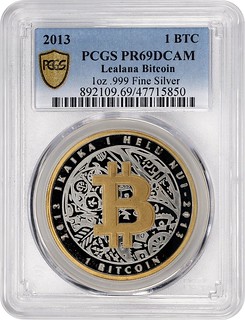 Stack's Bowers Galleries is excited to present two impressive sessions of Physical Bitcoin and
Cryptocurrency in their November 2023 Showcase Auction, the Official Auction of the Whitman Coin &
Collectibles Expo. This exciting offering marks the two-year anniversary of the firm's first auction of Physical
Cryptocurrency in November 2021. Since then, they have sold over 800 cryptocurrency coins totaling over $4
million in prices realized and set numerous records for the premiums achieved. Clearly collectors have embraced
physical crypto coins as legitimate numismatic collectibles, and Stack's Bowers Galleries has established itself as
the leading resource in this new category.
Stack's Bowers Galleries is excited to present two impressive sessions of Physical Bitcoin and
Cryptocurrency in their November 2023 Showcase Auction, the Official Auction of the Whitman Coin &
Collectibles Expo. This exciting offering marks the two-year anniversary of the firm's first auction of Physical
Cryptocurrency in November 2021. Since then, they have sold over 800 cryptocurrency coins totaling over $4
million in prices realized and set numerous records for the premiums achieved. Clearly collectors have embraced
physical crypto coins as legitimate numismatic collectibles, and Stack's Bowers Galleries has established itself as
the leading resource in this new category.
Stack's Bowers Galleries has curated two distinct cryptocurrency sessions for their November sale, each showcasing a formidable array of rare and exceptional quality pieces. The live bidding for Part 1 (Session 7) will begin on the morning of Friday, November 17 at 10AM PT. Part 2 (Internet-Only Session 10) will be sold the following week on Monday, November 20 at 10AM PT. Both sessions are currently posted for pre-bidding on the firm's website www.StacksBowers.com.
Physical Cryptocurrency, Part 1 showcases several of the most prized rarities and many issues that have never
before been presented in a live auction. In commemoration of a decade since the end of the classic
physical crypto
period in 2013, this sale presents the holy trinity
of 1 Bitcoin pieces released that year. Featured is a 2013
Casascius Gold Rim
1 Bitcoin in gilt silver, a 2013 Casascius Series 3
1 Bitcoin in silver, and a 2013 Lealana
Gold B
1 Bitcoin in gilt silver—one of which sold for $108,000 in the firm's Spring 2022 sale.
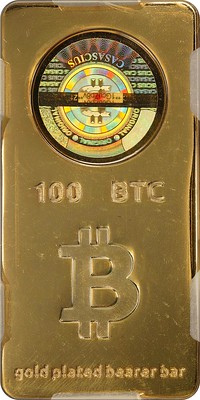 These
These grails
are joined by several notable treasures from the Casascius series including a quartet of 2011 Brass 1
Bitcoins, a Redeemed 25 Bitcoin, and an extremely rare Unfunded 100 Bitcoin bar that is one of only eight
produced. This 100 BTC bar is joined in the sale by an Unfunded 2016 Microsoul 0.1 Bitcoin Bar with a similar
format. Additional Lealana rarities include an Ultra Gem MS-68 (PCGS) example of the 2013 0.1 BTC in brass, as
well as a 2022 Bitcoin Dime
0.1 BTC struck in one ounce of silver. An Unfunded Lealana Gold B
1 Bitcoin is
among the highlights of the Non-Loaded category; a similar example brought $6,600 in the firm's August 2023 sale.
Rarities are also offered from the Crypto Imperator series, which is quickly becoming a collector's favorite for its
outstanding production quality and fun designs. Most notable is a matched pair of Crypto Imperator Gearing
0.05
BTC struck in five ounces of silver, which represent the first Stack's Bowers Galleries has handled. Also featured is
an exciting group from the Rarity Check series which marks the live auction debut for the 2022 VIBGYOR
0.01
Bitcoin and the incredibly innovative 2022 Lost Coin
0.01 Bitcoin varieties. Another standout treasure in Part 1 is
the dazzling 0.021 Bitcoin from the 1HoDLCLUB series struck in 1 oz of gold. This is offered alongside a number
of other poker chip
style coins from 1HoDLCLUB in both the Bitcoin and Litecoin currencies.
Presented from the Polymerbit series is a top-quality set of Crypto Whale
notes including the 0.002 BTC, 0.003
BTC, and 0.004 BTC notes. There has been a growing demand for the Polymerbit series overall as collectors
become more familiar with the quality, accessibility, and variety offered by these cold wallets.
These remarkable
pieces are accompanied by additional selections from the most popular and desirable series like Alpen, CryptoVest,
Denarium, Genesis, Moonbits, Satori, Sol Noctis, and several others.
The parade of rarities continues with Part 2 of Physical Cryptocurrency offered in Internet-Only Session 10 the
following week on Monday, November 20 at 10 AM PT. Highlighting Part 2 is an MS-67 (PCGS) 2013 Lealana 0.1
BTC in brass as well as an elusive 2014 Ravenbit NODE "Custom" 0.047 BTC in bronze. These are accompanied
by a selection of exceptional poker chips
from the Alpen, 1HoDLCLUB, and Satori series, desirable Redeemed
Casascius Bitcoins in brass, Unfunded examples of the new 2021 and 2022 Lealana issues, a suite of Unfunded
notes from the Polymerbit series, and many others. In total, over 190 crypto items will be presented to collectors as
part of the Stack's Bowers Galleries November 2023 Showcase Auction, their ninth Showcase offering of
Cryptocurrency since 2021.
Select Physical Cryptocurrency highlights will be available for lot viewing at the Whitman Coin & Collectibles Expo in Baltimore, Maryland from November 7-10. For questions on the Stack's Bowers Galleries November 2023 sale or to consign your coins to a future sale, contact James McCartney, Director of Consignments and Numismatics, at JMcCartney@StacksBowers.com or call (800) 566-2580.
For more information, or to bid, see:
November 2023 Auction - Session 7 - Physical Cryptocurrency - Lots 7001-7103
(https://auctions.stacksbowers.com/auctions/3-16067Z/november-2023-auction-session-7-physical-cryptocurrency-lots-7001-7103)
November 2023 Auction - Session 10 - Internet Only - Physical Cryptocurrency Part 2 - Lots 9001-9088
(https://auctions.stacksbowers.com/auctions/3-16080X/november-2023-auction-session-10-internet-only-physical-cryptocurrency-part-2-lots-9001-9088)
ON THE CLOSURE OF THE POBJOY MINT
Michael Alexander published an Coin Update article with insightful thoughts on the closure of the Pobjoy Mint. Here's an excerpt - see the complete article online. -Editor
Almost two weeks ago, you likely heard the surprising news of the retirement of the Pobjoy Mint's current director, Taya Pobjoy, and subsequently the closure of the Pobjoy Mint. Anyone who has been an active collector of modern coins during the last half century would probably have at least one or more coins produced from their privately owned facility in Surrey, England; it's virtually impossible not to. With Taya Pobjoy's announcement that she wanted to retire after having been at the helm for over thirty years, few could find fault with the reason. Taya, a wife and mother of two daughters, referenced wanting to spend time with her family and that it was essentially time
to go. However, many couldn't help but harbour the thought in the back of their minds: Why didn't the company simply name a new CEO to head this leading brand in terms of privately owned world mints?
If there wasn't a member of the Pobjoy family who could fulfil the task, then surely someone with a reasonable business and numismatic background could have been considered. The closure and retirement of this widely recognised brand certainly seems both arbitrary and too final, and the possibility of re-establishing the business in the future does seem unlikely.
Some suspect that the Pobjoy Mint simply ran out of steam, while others suggest there is too much competition and the collector market is far too saturated with products as it is. Others might rightly point out that Pobjoy Mint may have been the victim of its own success. It seems quite evident that the business model the Pobjoy Mint perfected over the years has since been readily adopted by many other minting facilities, both national and private. This involved the prolific production of gold, silver, and base metal collector coins, purpose-driven marketing campaigns used for many of those coins and mintages to satisfy demand. More importantly, their formula involved securing a variety of issuing authorities to release collector coins on their behalf. Anyone can produce medals in whatever quantity they wished. Still, the release of an actual coin or NCLT (non-circulating legal tender coin) was cultivated by Pobjoy Mint since it first signed a contract with the once-obscure treasury of the Isle of Man in 1970. Today, this is something routinely carried out by the likes of national mints from the Czech Republic, Poland, the Netherlands, and Lithuania, to name but a few.
Ultimately, Pobjoy Mint, during its fifty-eight years of production, would go on to strike coins for forty-two different countries and territories. As trends changed and new, more savvy collectors demanded different products and, more importantly, lower prices and mintages, Pobjoy Mint's products moved toward bullion-related coins from kilos, multiple ounces down to a half-gram gold ounce. They became an innovator in minting titanium coins, tinting silver and cupro-nickel crowns and crystal inlays, all of which were acknowledged with many coin awards over the years for innovative approaches to minting and design. Is Pobjoy's closure a case of too much success or too much saturation? Well, it may be a bit of both. Over the last decade, a preference for and supply of bullion-related coins has become paramount for both national and private mints. For the most part, they're far more affordable, they've become more decorative and theme-oriented, and there is often a much smaller premium over the cost of their counterpart precious metal collector coins.
On the day collectors learned about Pobjoy's closure, we also heard the news of the Royal Danish Mint's final announcement of their permanent closure at the end of November. It's no wonder that the coin world is asking which big player or even mid-sized national mint may look to cease operations next — especially as there seems to be an illogical race to create cashless societies. As I referenced earlier, Pobjoy may be the victim of its own success or just another example of a general trend to de-monetise countries, but the saying you never know what you have until it's gone
might well be an appropriate sentiment concerning physical money and Pobjoy's departure. The coin-buying market isn't flat. On the contrary, it's just the opposite, with bullion coinage and vintage coins sold at auction making up a substantial share of worldwide sales. The game, it seems, is changing and to this end, so perhaps, must the players.
To read the complete article, see:
Closure of the Pobjoy Mint: the end of an innovative and extraordinary era in modern numismatics
(https://news.coinupdate.com/closure-of-the-pobjoy-mint-the-end-of-an-innovative-and-extraordinary-era-in-modern-numismatics/)
To read the earlier E-Sylum article, see:
POBJOY MINT TO CLOSE
(https://www.coinbooks.org/v26/esylum_v26n42a12.html)
1880 $100 SILVER CERTIFICATE
Stack's Bowers Currency Auction Associate Bradley C. Trotter published an article this week about a nice and very rare U.S. note. It's a classic and I've never seen one in person. -Editor
Among the deluge of notes that we encounter on a regular basis at Stack's Bowers Galleries, none is perhaps as prevalent as the Silver Certificate. Issued from 1878 to 1964, Silver Certificates were once widely encountered in circulation and are readily encountered today, either at shows or across the counter. The ubiquitous small-size Silver Certificates and the ever-popular Black Eagle
and Chief
pieces account for a large portion of the notes we handle.
However, as with any type of note, there are exceptions, and this note is the exception. It is an 1880 $100 Silver Certificate Fr. 341 (Rosecrans/Huston) that has been graded Very Fine 30 by PMG and is featured in our upcoming November U.S. Currency Showcase Auction as lot 20178.
Although technically considered a Silver Certificate,
this note is much scarcer and more special. Bearing the portrait of President James Monroe (1817-1825) it is considered a Certificate of Deposit,
and only 100,000 were printed of this denomination. Today there are only about 30 survivors.
The explanation as to why so few of these notes survive can be traced to the limited circulation of these notes in commerce. In short, notes like this were primarily used in bank-to-bank transfers and transactions between mining companies; they rarely saw circulation among the general public. As such, most examples of the type were readily and quickly redeemed, thus leaving few avenues for these notes to survive to the present day.
Effectively a miracle of survival in its own right, the note offered in our November auction is a fine example of the assigned grade that weathered the rigors of circulation. It retains bright paper and bold inks in addition to vivid overprints in the serial numbers and the large ornate spiked Treasury seal. This note has been the beneficiary of skilled restoration as noted by PMG which comments Minor Repairs.
These repairs appear exceptionally well executed as they are not visible through the holder.
QUICK QUIZ: How many U.S. banknotes include the declaration "Engraved & Printed at the Bureau of Engraving and Printing"? I don't know the answer, but maybe a reader does. From the Mike Coltrane collection. -Editor
To read the complete article and lot description, see:
NOT YOUR GRANDFATHER'S SILVER CERTIFICATE
(https://stacksbowers.com/not-your-grandfathers-silver-certificate/)
Fr. 341. 1880 $100 Silver Certificate. PMG Very Fine 30.
(https://auctions.stacksbowers.com/lots/view/3-15XK9Z/fr-341-1880-100-silver-certificate-pmg-very-fine-30)
THE BOOK BAZARRE
MOROCCO 100 FRANC PROOFS
Editor Fred Schwan published an article in his MPC Gram newsletter about a set of great banknotes he acquired from dealer Art Morowitz. With permission, we're republishing it here. -Editor
Arthur Morowitz died a few weeks ago (1943-2023). Arthur started out in the entertainment business where he was well knon nationally. He was best known these days as the owner of Champion Stamp Company. Among many other things tanley was proud of the fact that Champion is the last stamp company in New York City to have a street level shop.
Arthur was a friend of the greater MPC community. I did not obtain a lot of notes from Arthur, but the two that I recall were special! Arthur knew that I collect everything related to the E A Wright Bank Note Company and like any good dealer, he watched for items for me.
One of the items that he found was quite spectacular. It was a set of Wright color/stage proofs of the World War II Morocco 100 franc that was printed by Wright. He had it for me at an ANA convention. He handed me the envelope with a twinkle in his eye. You will certainly understand that as you look at the images here. There is more to the story--much more.
The envelope was heavy. After I got over my shock at seeing such beautiful notes, there was still more in the envelope. I pulled out a second set of the proofs! Then a third set! Wow. You will be really surprised at the next thing. Something happened that never happens to me. I am often offered things that I like, but never in a situation like this. I am sure that my poker face was shot. Without having to ask, Arthur gave me the price--an absurdly LOW price. I did not quibble. I paid the price and hurried down the aisle. I did not want him to change his mind.
I took two of the sets to an MPCFest and sold the two "extra sets." I made the same mistake that Arthur did. I sold them for absurdly low prices! I regretted my offer the instant that I made it, but both sets, make that all three sets, now have good homes.
There is one final little twist. Within the last year, Arthur asked me if I remembered the Wright proof sets. Did I remember them? Wow. He followed up by asking if I still had one available or, if not, might I be able to get one back for him. Of course there was no chance. All three sets were in "strong hands" as they say.
The images that you see here have been placed in the manuscript of World War II Remembered 2.
To read an earlier E-Sylum article, see:
ARTHUR H. MOROWITZ (1943-2023)
(https://www.coinbooks.org/v26/esylum_v26n38a11.html)
GHOST LEAVES COINS AROUND HOUSE
For Halloween season the Wall Street Journal published an article about the sale of haunted houses. One ghost has a numismatic flair. -Editor
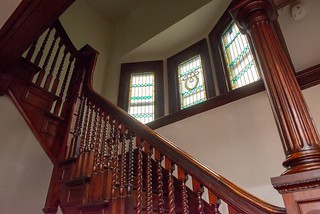 When Julia Park Tracey, 60, and her husband, Patrick Tracey, 63, bought a five-bedroom home in Grass Valley, Calif., in 2020 for $280,000 from Pennie Hughes, who was about 70 years old, she didn't disclose on any paperwork that the house was haunted. But Julia says she told them it was haunted informally and jokingly, saying things like,
When Julia Park Tracey, 60, and her husband, Patrick Tracey, 63, bought a five-bedroom home in Grass Valley, Calif., in 2020 for $280,000 from Pennie Hughes, who was about 70 years old, she didn't disclose on any paperwork that the house was haunted. But Julia says she told them it was haunted informally and jokingly, saying things like, Of course it's haunted; it's an old house.
Then, Hughes died on the day she was moving out of the home.
As soon as Julia, a novelist, and Patrick, a human resources consultant, moved in, she says coins started showing up. We found pennies everywhere in the most random places,
she says. Shiny pennies turned up for several years where she had already scoured. It was like she came back every night and seeded the ground with pennies,
she says. It was weird. She didn't want to leave…and by God, she didn't.
Hughes's daughter DeArlene Wiggins, 55, a semiretired landlord, confirms that Hughes was reluctant to move out and had a heart attack while readying the moving truck to leave.
She loved that house; it was her heart home,
says Wiggins. She says her mother's nickname was Lucky Pennie and thinks the dispersing of pennies for the Traceys is something Hughes would do. She was pretty playful and fun and full of mischief. I think she could be doing something like that.
Wiggins says that in the past, she and her family did think the house was haunted. We'd hear stuff in the attic, and Mom said she would see things float by,
Wiggins says.
The rules surrounding disclosure in the sale of a supposedly haunted house have a few surprises. Deanne Rymarowicz, associate counsel for the National Association of Realtors, says only four states address the idea of paranormal activity in the context of a home sale.
In Massachusetts, New Jersey and Minnesota, a supposed haunting is explicitly listed in disclosure rules as a non-material fact that does not need to be disclosed to potential buyers. In all states, neither seller nor agent can misrepresent the home's history if they are asked. Would Rymarowicz herself live in a haunted house? If there's blood running down the walls, probably not,
she says. But if it's like some weird, flickering lights, I don't know. Having a little guardian ghost might not be bad.
Got an old house with a really nice old ghost? Maybe they'll leave a red Chain cent for a treat. That is a frightening portrait. -Editor
To read the complete article (subscription required), see:
Selling a Haunted Home Isn't as Scary as You Think
(https://www.wsj.com/real-estate/luxury-homes/selling-a-haunted-home-is-between-you-and-the-ghosts-495d68c6)
LOOSE CHANGE: OCTOBER 29, 2023
Here are some additional items in the media this week that may be of interest. -Editor
This PCGS piece by Mark Harvey is headlined "Frankensteinian Mistakes: Some of the Weirdest Error Coins You've Ever Seen." Here's an excerpt - see the complete article online. -Editor
Having been a part of the PCGS Marketing and Content teams for about five years now, I've encountered, and shared, a lot of error coins that make people openly wonder, How does that even happen?
Some of the more puzzling pieces are included below.
Ask anyone to draw Frankenstein's monster and there are likely to be a few elements that nearly each person will include, mostly based off of Boris Karloff's 1930s portrayals. One of those must have ingredients are The Creature's neck bolts. Yes, the pictured cent was struck on a screw, and not a bolt, but it's no doubt an oddity that caused quite a stir when it was first posted on PCGS' social media in 2019 spawning hundreds of comments and shares.
To read the complete article, see:
Frankensteinian Mistakes: Some of the Weirdest Error Coins You've Ever Seen
(https://www.pcgs.com/news/frankensteinian-mistakes-some-of-the-weirdest-error-coins-youve-ever-seen)
A new article on the 50+ year-old case of 'D. B. Cooper" has an image of decomposed ransom notes I don't believe we've published before. -Editor
A former professional blackjack player may be on the cusp of cracking one of the most notorious cold cases in history—one so puzzling, even the FBI couldn't solve it. But first, the sleuth just needs to get his hands on a discarded black tie.
Eric Ulis of Michigan is so convinced that he's the man to finally solve the infamous D.B. Cooper skyjacking of Thanksgiving Eve 1971—the only unsolved commercial airline hijacking in U.S. history—that he's literally suing the FBI to make it happen.
In 2022, Ulis laid out his theory on how the remnants of an alloy that the FBI reportedly found on Cooper's tossed tie pinpoint the skyjacker's workplace to a Midland, Pennsylvania-based manufacturer of titanium-antimony.
All Ulis needs now, he feels, is the samples off the tie themselves, which is why he's pursuing litigation to procure them.
To read the complete article, see:
A Dazzling Piece of Evidence May Finally End the Mystery of D.B. Cooper's Identity
(https://www.yahoo.com/lifestyle/dazzling-piece-evidence-may-finally-140900386.html)
COLORADO COIN CAPER
Daryl Haynor passed along this story from Colorado about (yet another) revenge coin payment stunt. Thanks. Does everyone who tries this think it's their very own original idea? -Editor
A Colorado judge chided a welding company that tried to pay off a $23,500 settlement with a subcontractor by sending the money in loose coins that weighed 3 tons (2.7 metric tonnes).
Judge Joseph Findley ruled Monday that JMF Enterprises acted maliciously and in bad faith
by delivering a custom made metal box containing the coins that was too heavy to be carried in the freight elevator at the offices for Fired Up Fabrications' lawyers, let alone with the forklift required to carry it, according to court filings.
Findley ordered JMF to pay by a more conventional method like a check. He also said JMF would now have to write a larger one — to pay an extra estimated $8,092 to cover legal fees for the ensuing dispute over whether it had the right to pay in coins.
One of the subcontractor's lawyers, Danielle Beem, told Denver's KCNC-TV, which first reported the judge's order, that the coin payment was a symbolic middle finger.
Findley said photographic evidence showed JMF apparently took the extra step of taking coins separated in boxes by denomination and then dumping them loosely and randomly
into the container.
To read the complete articles, see:
Colorado judge chides company that tried to pay $23,500 settlement in coins
(https://abcnews.go.com/Weird/wireStory/colorado-judge-chides-company-pay-23500-settlement-coins-104285193)
Colorado judge says company acted "maliciously and in bad faith" in coin stunt
(https://www.cbsnews.com/colorado/news/colorado-judge-coin-stunt-jmf-enterprises-welding-company-fired-up-fabrication/)
A welding business that tried to pay a $23,500 bill with coins is being blasted by a Colorado judge for acting in 'bad faith'
(https://finance.yahoo.com/news/welding-business-tried-pay-23-021128061.html)


